Returning home from a family gathering in the North West we took a detour from our usual route, and despite the dark clouds and pouring rain and the warnings of queuing traffic and closed roads we found our way over the Pennines to the Yorkshire Sculpture Park. It was our first visit and it was long overdue. The way was slow and wet and windy, but as we approached the sky cleared and by the time we left the sun was shining again. And in between the park was a revelation.
A feather on the breath of God.
Six sheep and a Henry Moore.
An Ai Weiwei in the chapel garden.
‘Iron Tree’ is the largest and most complex sculpture to date in the artist’s tree series, which began in 2009. Inspired by the wood sold by street vendors in Jingdezhen, southern China, Ai’s trees are constructed from the branches, roots and trunks of different trees. Although like a living tree in form, the sculptures are obviously pieced and joined together.
‘Iron Tree’ comprises 97 elements cast in iron from parts of trees, and interlocked using a classic – and here exaggerated – Chinese method of joining, with prominent nuts and bolts. The work expresses Ai’s interest in fragments and the importance of the individual, without which the whole would not exist. The use of found wood in this work reflects the artist’s belief that every aspect of culture bears the stamp of its predecessors.
Then a little further down the hill we came upon a giant steel sculpture by Sean Scully. It was as if the rusty timber had been harvested from the Iron Tree, then sawn and planed into great beams to build a giant climbing frame. But it wasn’t yet open to the public. We were too early to see Inside Outside.
I was tempted to jump the barricade tape and investigate more closely.
I might scale its cubist framework and play it like an enormous xylophone.
Billy Martin Plays Sean Scully Sculpture
Yorkshire Sculpture Park was founded in 1977 in the grounds of Bretton Hall estate, 500 acres of fields, hills, lakes, gardens and woodland, including some magnificent and statuesque veteran trees.
Down to the lake and across Dam Head Bridge where the light turns black and white.
Lady Eglinton’s Well
After Sir Thomas Wentworth’s death in 1675 his wife, Lady Wentworth, had the life tenancy of Bretton Hall. In 1679 she was styled as Countess of Eglinton after her marriage to Alexander Montgomerie, Earl of Eglinton. This is a wonderful example of the extravagant treatment of the interesting features on the estate, contained within a stone hut built into the rock face adjacent to the quarry entrance.
Between the seventeenth and nineteenth centuries there was extensive stone quarrying on the estate. Bretton Hall and many of its features are built from local stone from this quarry known as Dam Head Quarry. The stone columns that surround the doorway of the well support a simple entablature and tablet that reads: For the right Honourable Grace Countess of Eglinton widow of Sir Thomas Wentworth, dated 1685 and was placed there by the Lady herself. Above the square tablet lived a sculpted limestone owl, which no longer remains.
The spring was fed out under the doorway to a small pool and to the front of the well are the remains of a trough which would have contained water. Wells were an important source of water for the estate and this was Lady Eglinton’s gift to the local people.
Seventy One Steps: David Nash
David Nash made this site-specific commission on the walking route to Longside as part of his major 2010 YSP project. The steps climb from the lake up to the top of Oxley Bank, connecting the two sides of the valley and all galleries.
The intervention consists of seventy one oak steps, carefully charred and oiled, which follow the lie of the land up the hill. The steps are embedded in thirty tons of coal, to create a useful artwork that will gradually erode as it is walked on.
The steps are an evolution of an abiding theme within Nash’s sculpture that connects up and down, root and branch, and inspired by his primary interest in wood and trees.
He first made a flight of stairs out of a single tree in 1985. Here the installation is greatly extended and is sensitive to its organic setting, which becomes covered in bluebells each spring.
Referencing the natural cycle of wood and his 1982 YSP commission Barnsley Lump, this ‘going work’ will remain as a legacy of the 2010 project for many years until it integrates back into nature.
We climbed the steps and negotiated the trip-hazard tree roots and luckily avoided the trap of those that were cast in bronze and installed here below our feet on Oxley Bank to catch the unwary walker.
Speed Breakers: Hemali Bhuta
Then ahead of us a curious dry stone wall enclosure, deeper on the inside than on the outside.
This is a Hanging Tree, put here in 2007 by Andy Goldsworthy, and it took my breath away. If this were all there was at Yorkshire Sculpture Park it would still be more than worthwhile. I love the way it is sited at the edge of the park, built into the 18th century ha-ha on the border of Bretton Hall estate and the agricultural land beyond. We came upon it by surprise, and then discovered there was not just one but three of them in a line along the wall. The upper parts of three oak trees set into the walls and suspended in stone ‘box-frames’. I was reminded of Chris Kenny’s delicate Twig Saints in their little boxes but these are so much bigger, absorbed into the landscape and slowly returning to earth.
Hanging Trees: Andy Goldsworthy
Looking north west towards the Emley Moor tower, the tallest freestanding structure in the UK.
A fallen log embedded with coins.
The entrance to Round Wood.
And another Andy Goldsworthy dry stone wall enclosure. But this one’s an outclosure.
Outclosure: Andy Goldsworthy
A keep out sign is like a red rag to a bull. I have to walk all around looking for a way in.
The best I can do is reach over the wall with my camera. It’s a giant blackberry pie.
Oak leaf and beech mast.
And then another keep out sign. So I have to look inside.
Sean Scully: Inside Outside was still being hung.
I press up against the windows for a private view.
Walking back down Longside and a Lancaster bomber rattled the steel-grey sky.
And a hawk took off from the top of a tree but too quick to say its name.
One and Other: Antony Gormley
Sir Antony Gormley was born in London in 1950 and read Archaeology, Anthropology, and Art History at Trinity College, Cambridge. After spending three years in India he returned to London and continued studying art at Goldsmiths College, then the Slade School of Art. His work has been exhibited across the world in galleries and public spaces.
Gormley’s sculpture is usually based on casts of himself and he describes his work as an inquiry into the body ‘as a place of memory and transformation’. He is known for his work in the public realm, including the monumental Angel of the North sited near the A1 in Gateshead, Another Place on Crosby Beach, Merseyside and his 2009 public project for the fourth plinth in Trafalgar Square, also titled One and Other.
Gormley believes that art must be capable of many things: as well as considering works as sculptural objects, he also feels they should make the onlooker aware of their surroundings, themselves and of their own existence. With One and Other, the figure’s absence of distinct features makes it both anonymous and universal.
Each location for One and Other has to be selected with particular care, as the solitude of the individual figure is reinforced by its position. When installed at height, the work is a reassuring signpost, yet is out of reach and aloof. Following the removal of the work in 2010, after the stability of the original site became compromised, Antony Gormley visited YSP in order to find a new place for One and Other. After careful consideration, and with the knowledge that YSP planned to open the Historic Lanes and Woodland to the public, this tree was chosen and the work installed in summer 2011.
Gormley intended that the iron should rust, the colour becoming deeper and more intense with each passing season.
In Lower Park we came upon a work in progress, another piece for the Sean Scully exhibition.
It looks like Sean has just popped out for lunch.
Great slabs of millstone grit shuffled and stacked into ever so slightly wonky blocks of vernacular sculpture like the walls we climbed as kids that would sometimes collapse beneath us, inside out.
Dream City: Anthony Caro
PLEASE DO NOT CLIMB ON THE SCULPTURE
One reason for visiting Yorkshire Sculpture Park was to see the Common Ground exhibition,
but unfortunately we’d arrived too late and just missed it – Common Ground / YSP.
Luce e Ombra: Giuseppe Penone
Another reason to visit Yorkshire Sculpture Park was to see the Giuseppe Penonone exhibition,
A Tree In The Wood, and fortunately it continues until the end of April next year.
Idee di Pietra – Olmo: Giuseppe Penone
This was the real reason we’d come. Its a magnificent exhibition. There are monumental bronze trees displayed outside, each one carrying a found river stone in its branches – “Penone likens this sculptural gesture to the cumulative processes of thought and developing ideas. Held in suspense between the earth and sky, the stones take on a new significance, brought about through a new and unexpected context.”
Albero Folgorato: Giuseppe Penone
“Cast from an oak tree that had been wrenched apart by lightning, (this) is a powerful work that captures the drama and intense energy of that catastrophic strike. Gold leaf has been used to mark the impact, covering the splintered and exposed inner core and travelling down the splits in the trunk until they meet the earth. The gold captures and amplifies light, in contrast to the dark patina of the tree bark that suggests the charring effect of the lightning.”
I feel the forest breathing
and hear the slow, inexorable growth of the wood,
I match my breathing to that of the green world around me,
I feel the flow of the tree around my hand
placed against the trunk.
The altered sense of time makes what is solid, liquid, and what is liquid, solid.
The hand sinks into the tree trunk which, owing to its rapid growth and the
plasticity of its matter is the ideal liquid element for shaping.
And inside the Underground Gallery there’s even more magic.
Nel Legno: Giuseppe Penone
“After making his first work using growth, Penone started to think about how to go back within the tree itself to rediscover the moment of his contact with it from the inside rather than marking it externally. ‘Nel Legno’ (In the wood) belongs to the resulting area of investigation that began in 1969 and has remained an important and defining theme ever since. Like an archaeologist meticulously removing layers of soil to unearth something precious from a past era, Penone began working in a way that reveals the processes of growth and time that are hidden beneath the bark of the tree. Cutting into a section of felled trunk or milled beam, he selects a year in its earlier life, found by following one tree ring, and assiduously carves along its length to reveal the precise form of the sapling that still exists within the timber.
“Rather than extracting the entire younger tree, the artist always leaves some unworked wood surrounding it, saying, ‘if I’d liberated the tree completely I’d have obtained a natural form, but not a sculpture’. Seeing the slender, fledgling trunk and branches within the beam, we can begin to read and decipher the story of how it has grown. Penone writes, ‘From the knots in the wood, it is possible to determine the way in which a tree rose into the sky, from which side it absorbed the southern light, whether it was born in a crowded forest, in a meadow, or at the edge of a wood’.
“Inverting the normal process of growth as well as our expectations, the wider end of the trunk is at the top of the sculpture and the tree appears to be travelling down into the ground.”
Matrice: Giuseppe Penone
“‘Matrice’ (Matrix) is a vital and energetic presence that runs through the gallery like a spine, spanning almost the entire length as it pushes through two specially made apertures in the walls and draws together all three spaces for the first time. This remarkable sculpture is an entire bisected pine tree, placed horizontally with its narrowest ends facing one another across a central space. With a new and altered sense of gravity, branches that once reached for the sky now root the tree to the ground.”
“The body of the tree has been hollowed out and carefully carved to follow one of its growth rings, thereby capturing a particular moment in its life and reflecting Penone’s interest in transience, the flow of time and life cycles. Unlike ‘Nel Legno’, this carving process has revealed a negative rather than a positive form and resembles a riverbed or a cross section through a vein, reminding us how sap once flowed through and sustained the tree.”
“In one section there is a bronze element, a positive impression cast from the concave interior, which completes the entire circle of growth. Inside this bronze ring, where Penone has pressed pieces of clay into the tree to make the mould, we can see the imprint of his skin and fingers, the mark of the maker. On the opposite half of the divided trunk the corresponding area has been charred black to show where the bronze form would fit should the tree be placed back together as a whole.”
Propagazione: Giuseppe Penone
“‘Propagazione’ (Propagation) is an ink drawing made by hand directly onto the wall and spanning over sixteen metres. Emanating out from the artist’s single fingerprint in the centre, the whorls join up and recall a cross section through a tree, revealing its growth rings. This connection is particularly apparent when seen in such a direct relationship with the hollowed form of ‘Matrice’. The artist makes an analogy between our bodies and those of trees, as well as other comparable patterns in the natural environment, such as concentric circles made by throwing a stone into water or touching its surface. This work also speaks of the potential of simplicity: within a single fingerprint lies our identity, our individuality, and this small mark becomes a microcosm of the whole body and the universe beyond.”
I could go on. I do have more photos, and there’s lots more to see, much more than we were able to see on a flying visit. We were not here long enough to really take it all in, so this is just a small sample. There were many more works by Giuseppe Penone, it’s a great exhibition, and many more sculptures by other artists hidden around the park that we didn’t discover. Not yet. But we’ll be back one day.



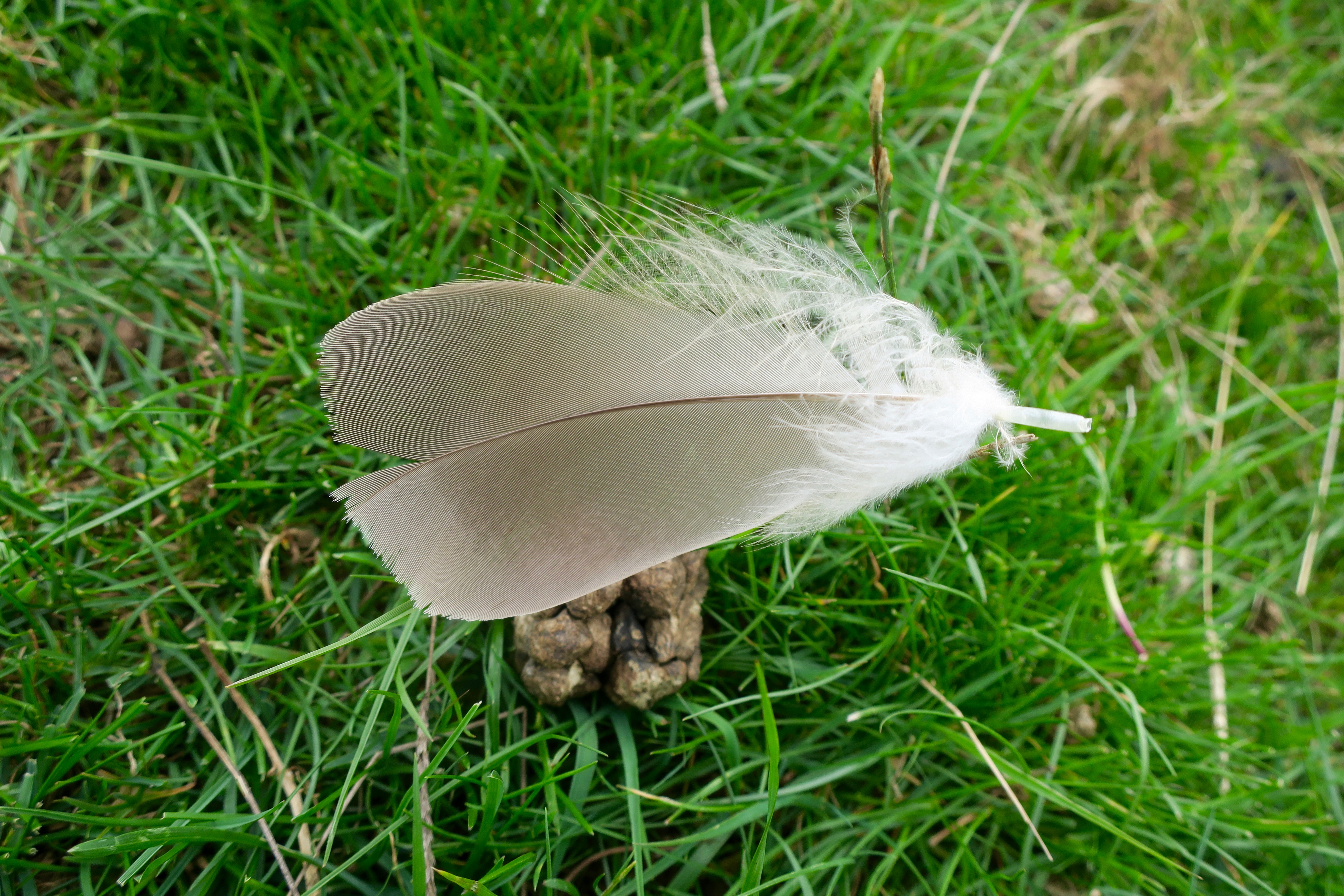


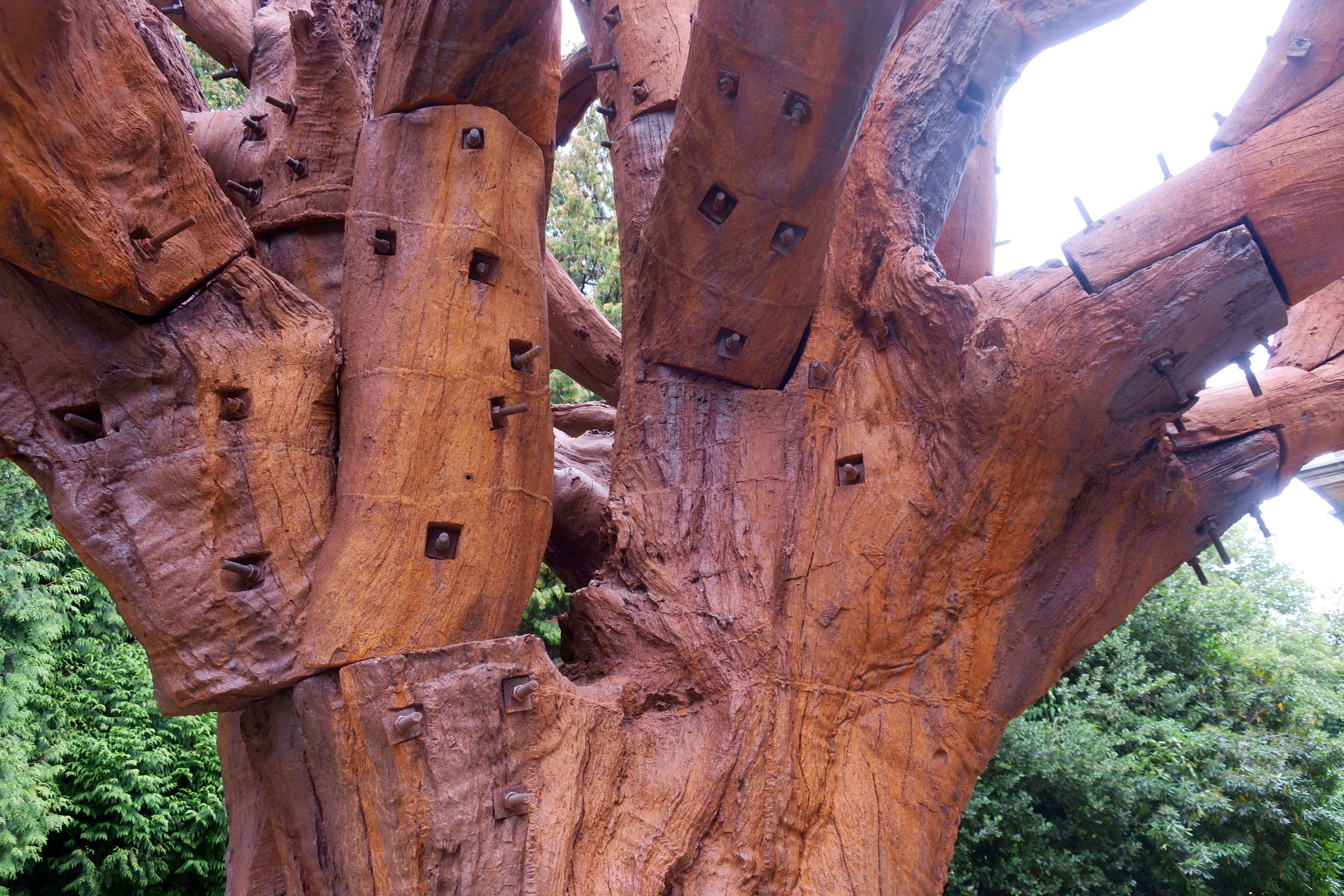
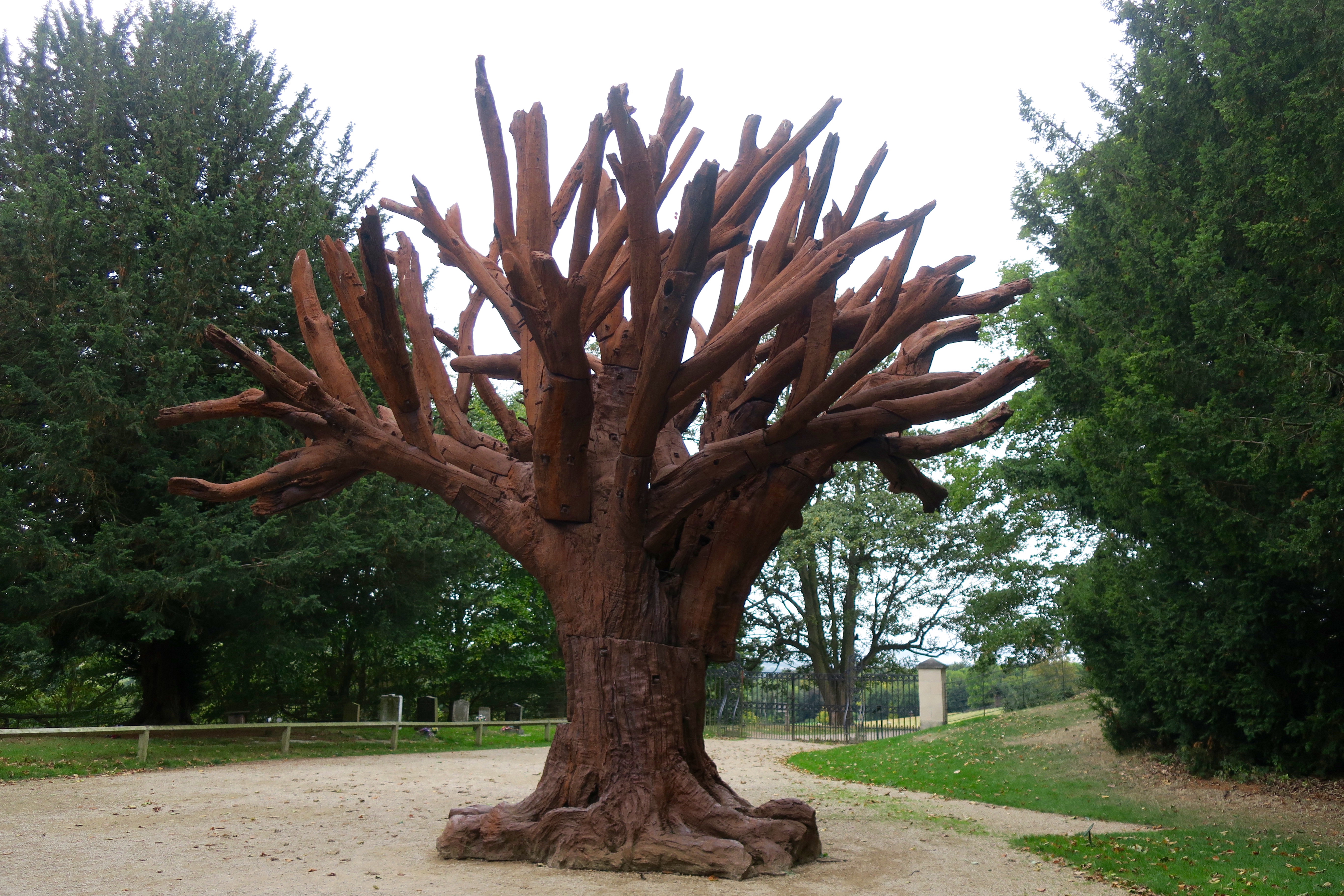
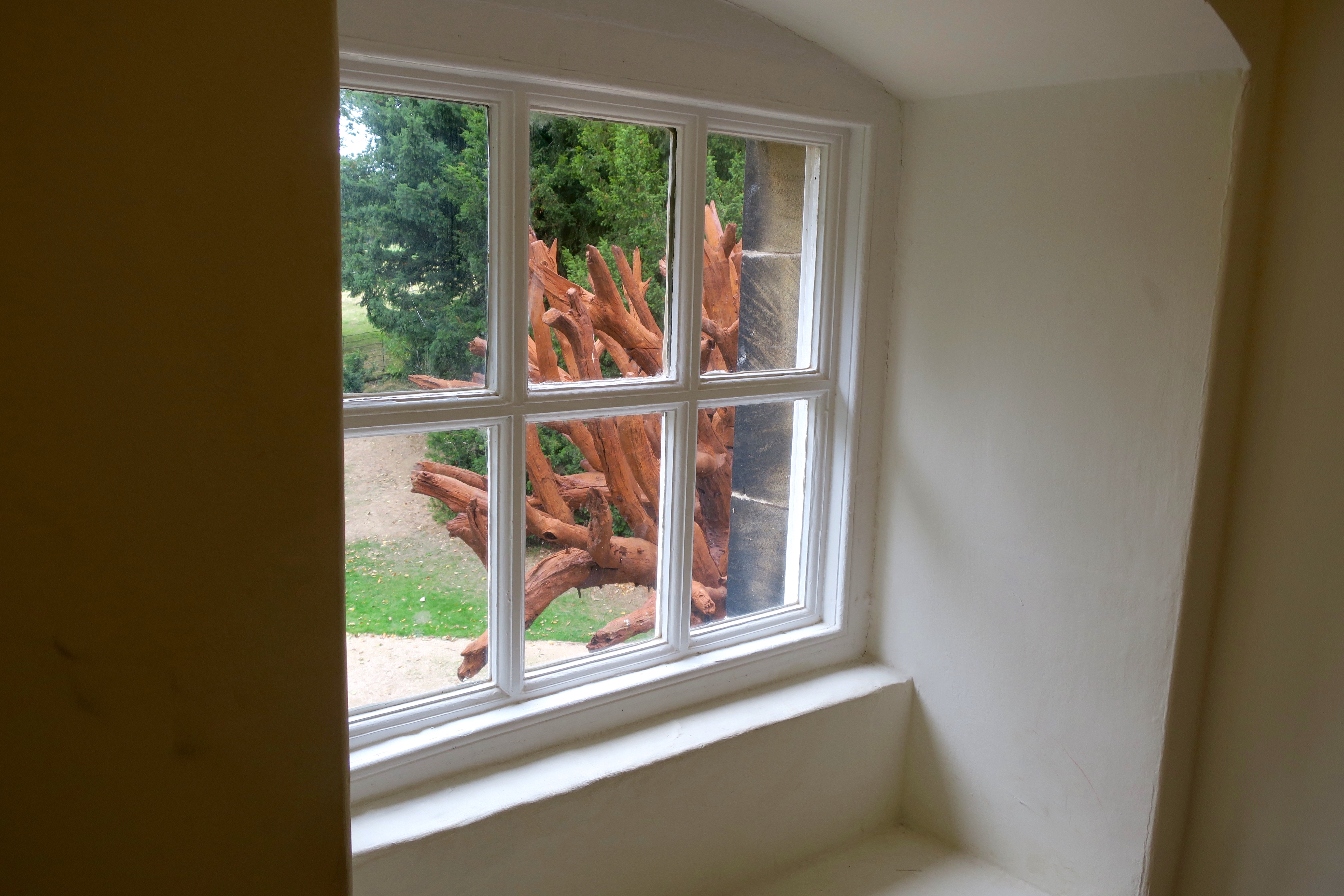
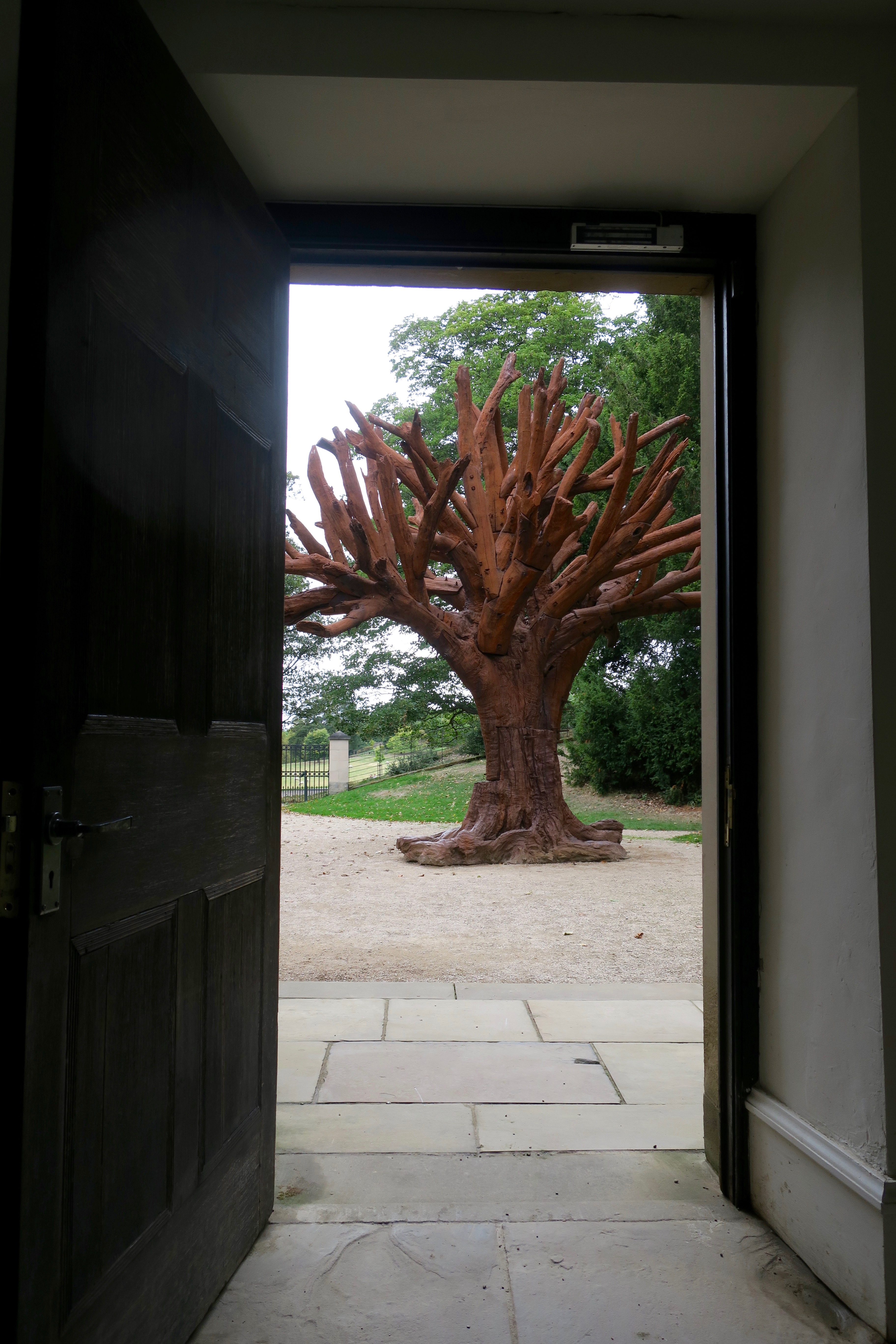
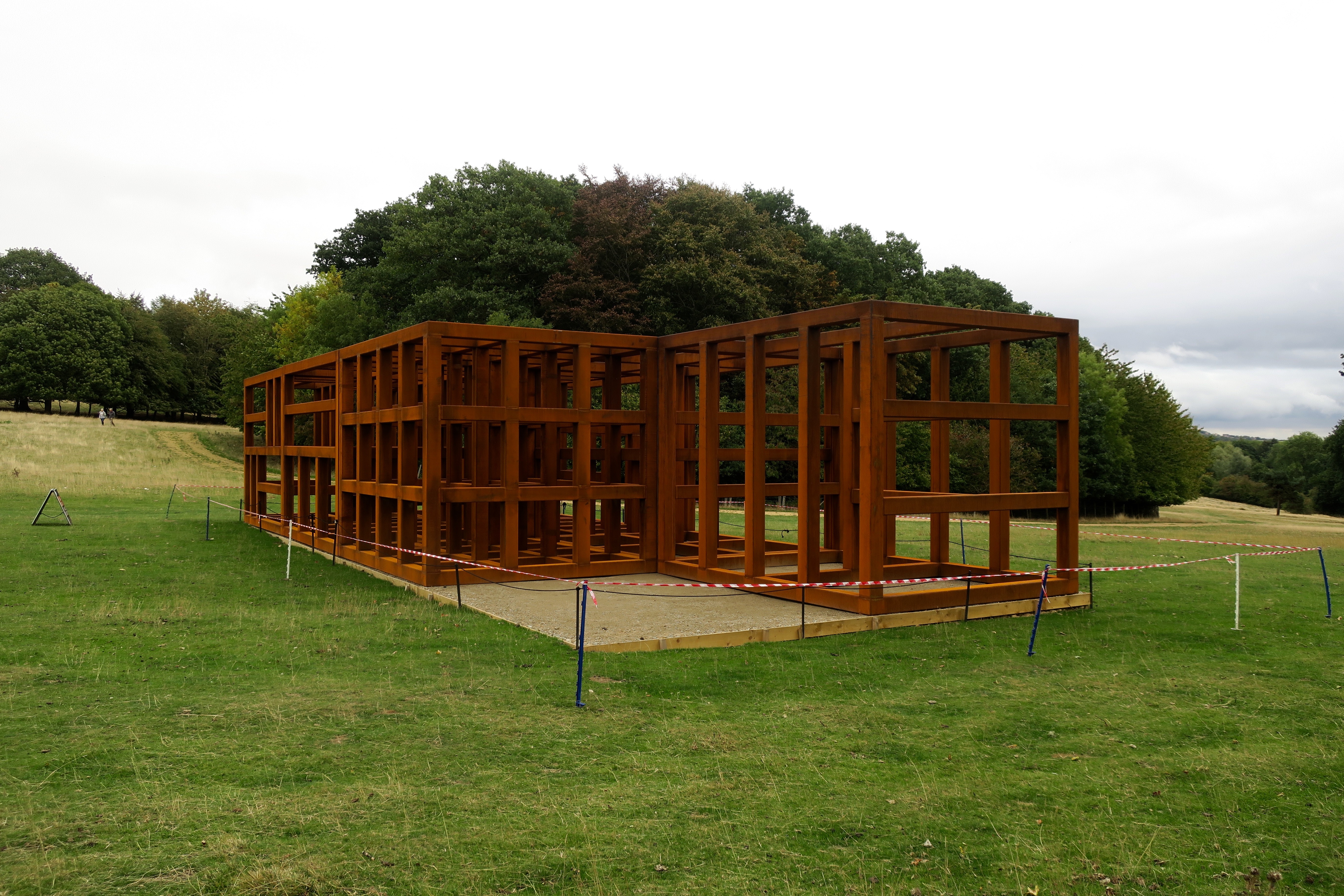
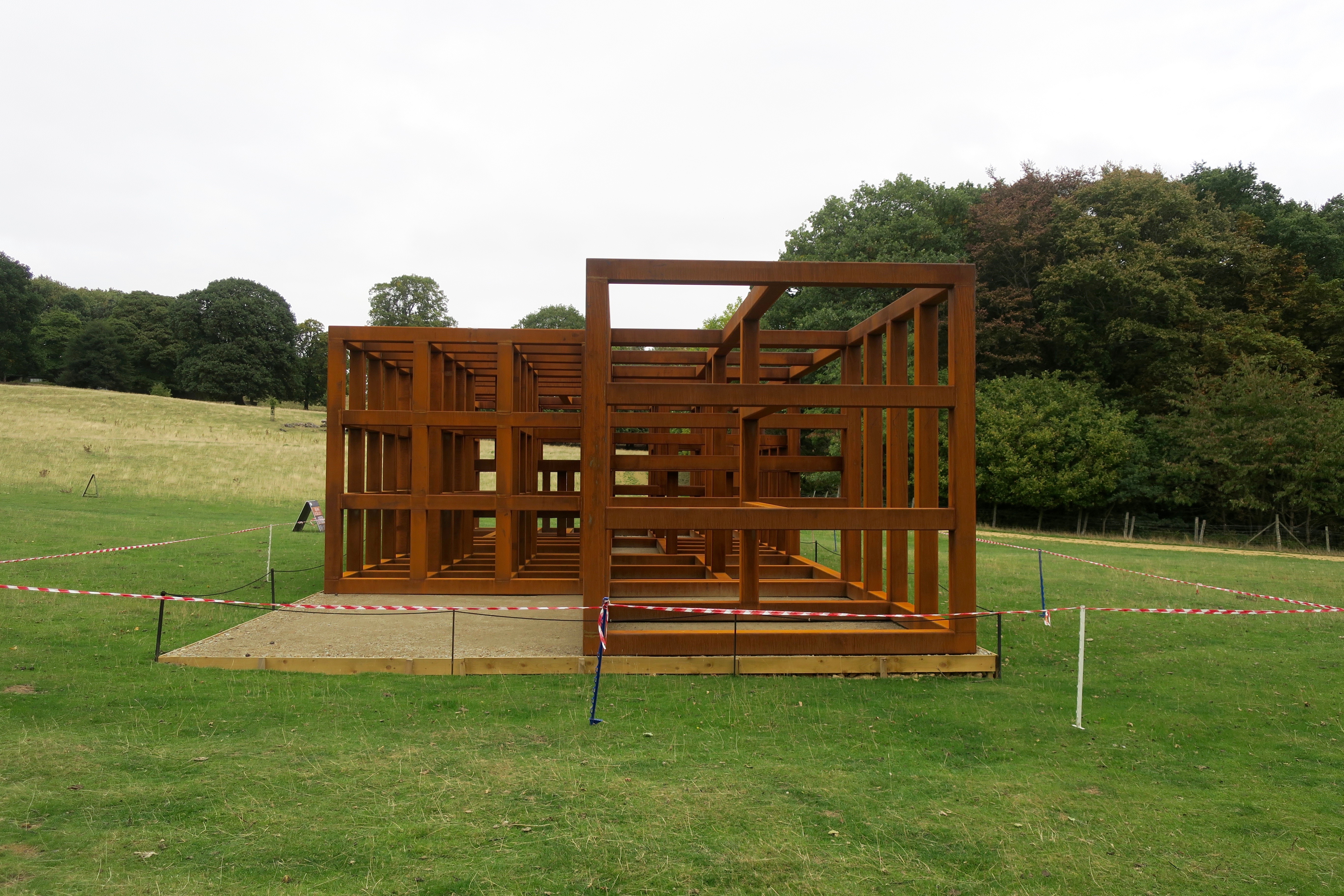

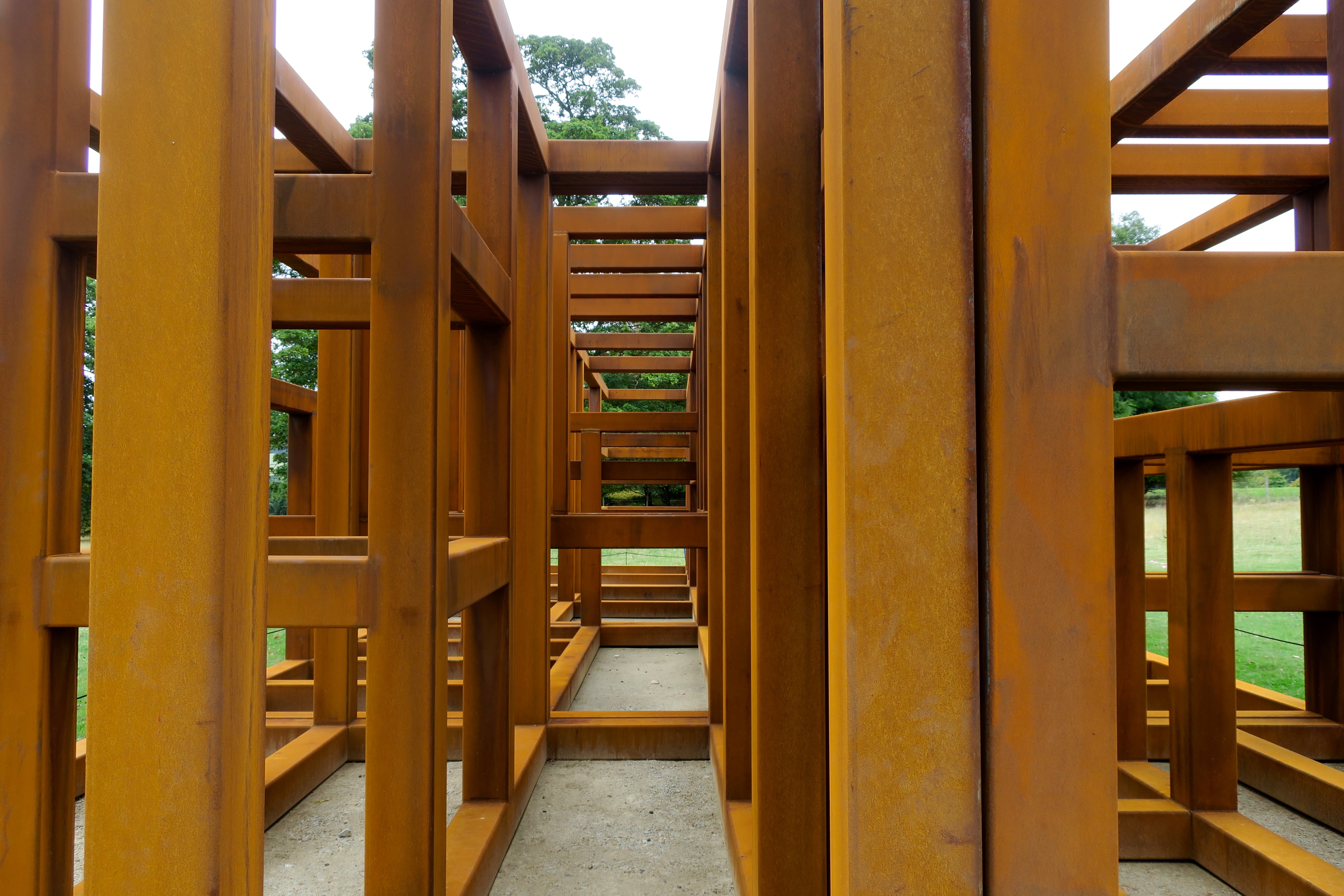

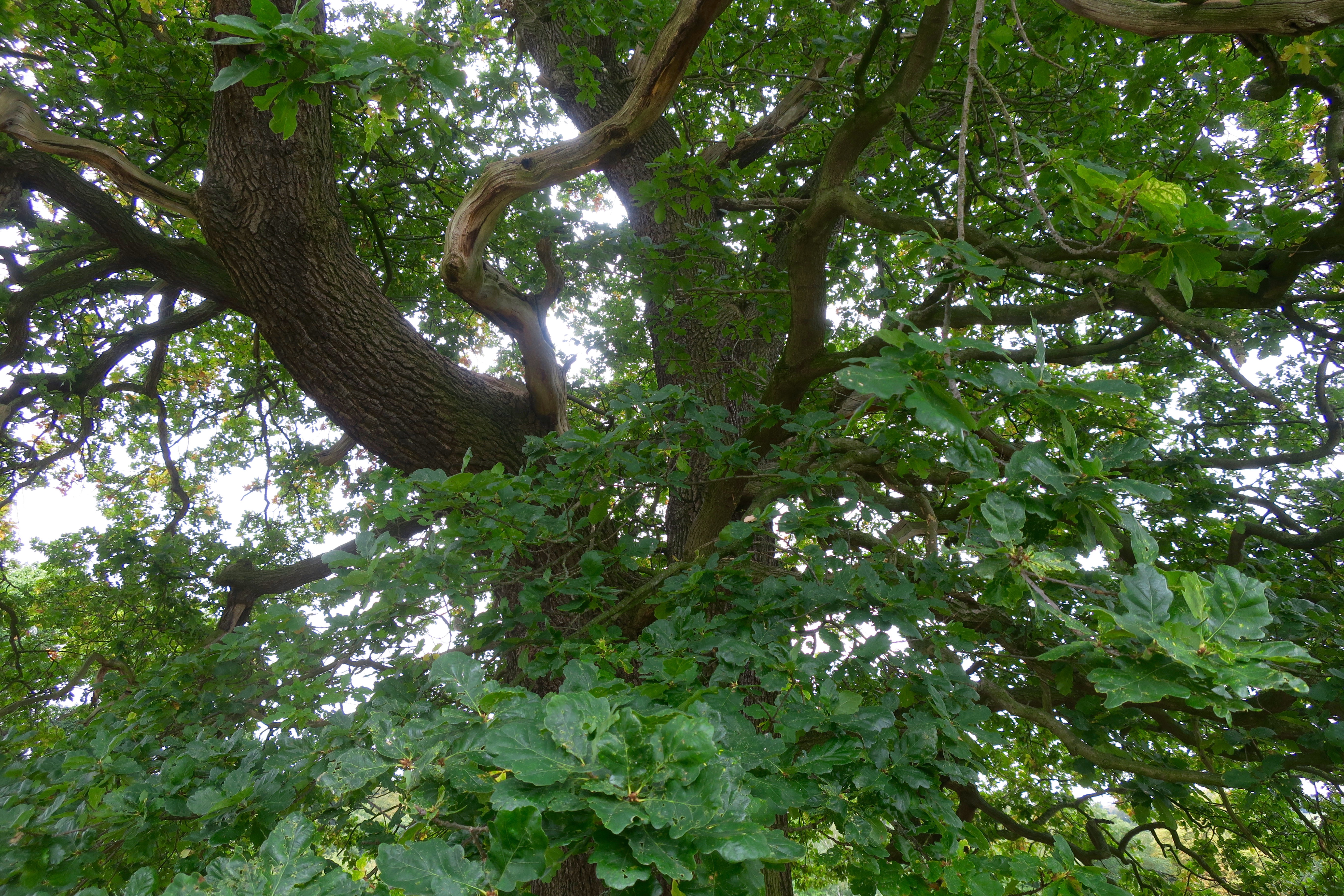
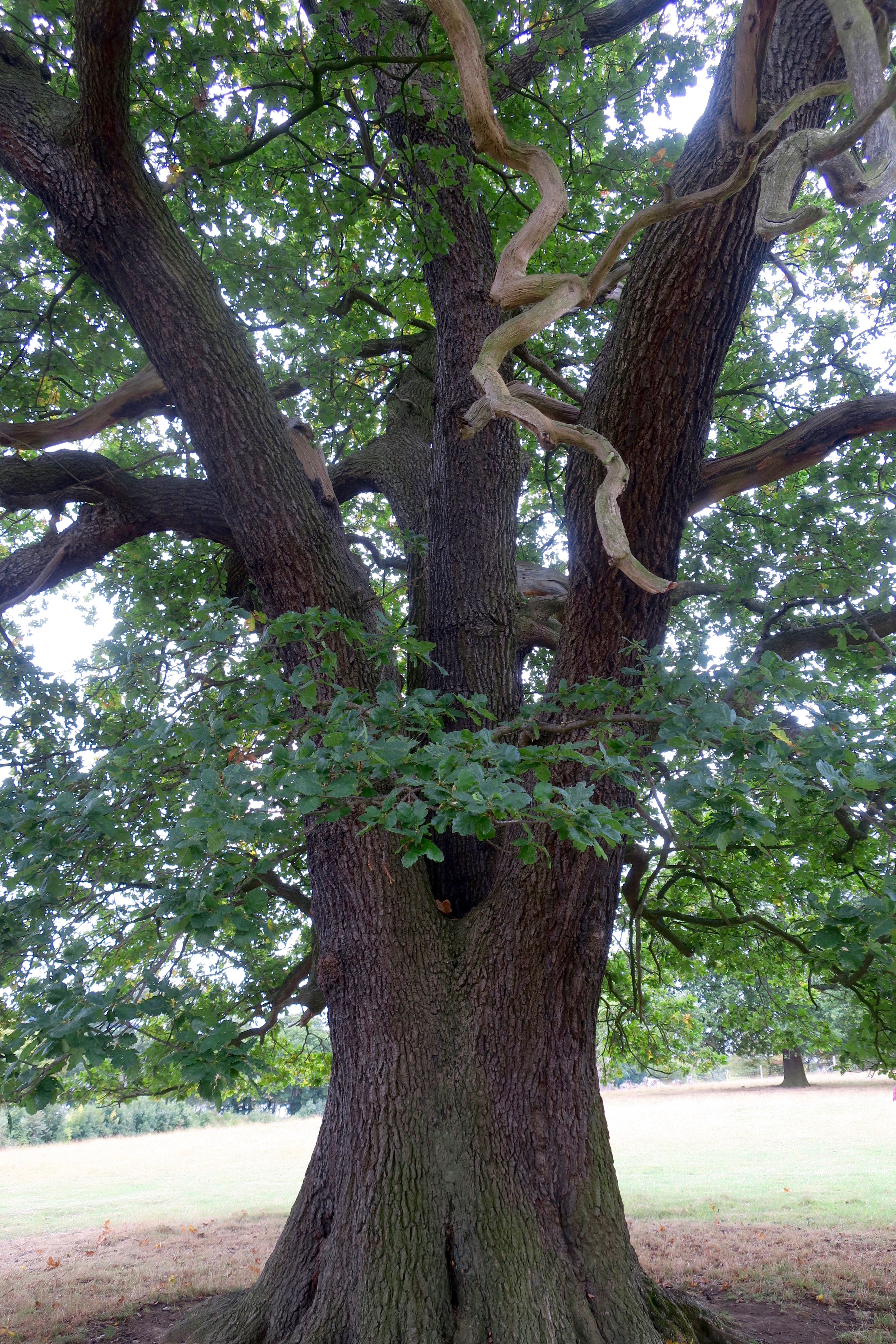
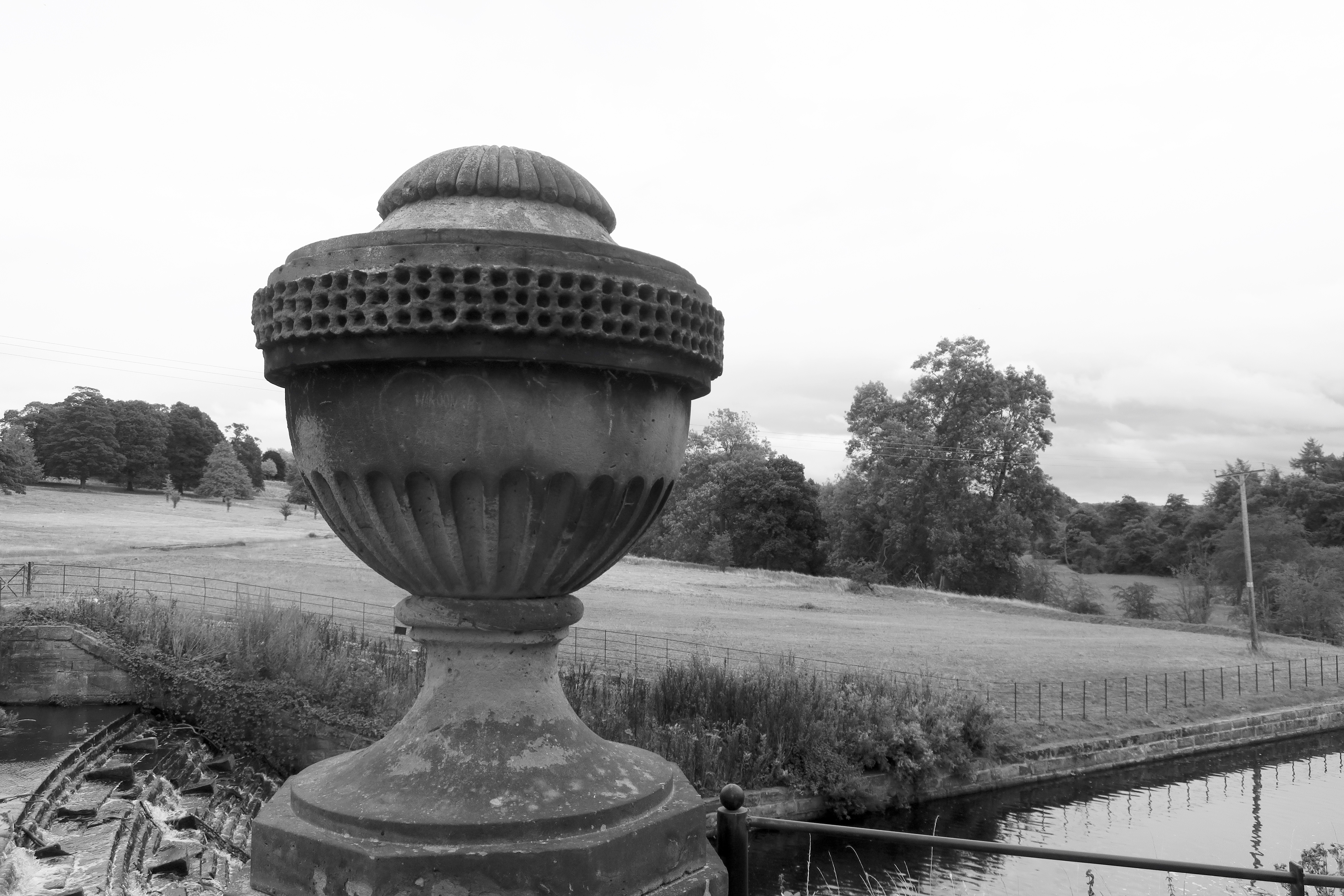
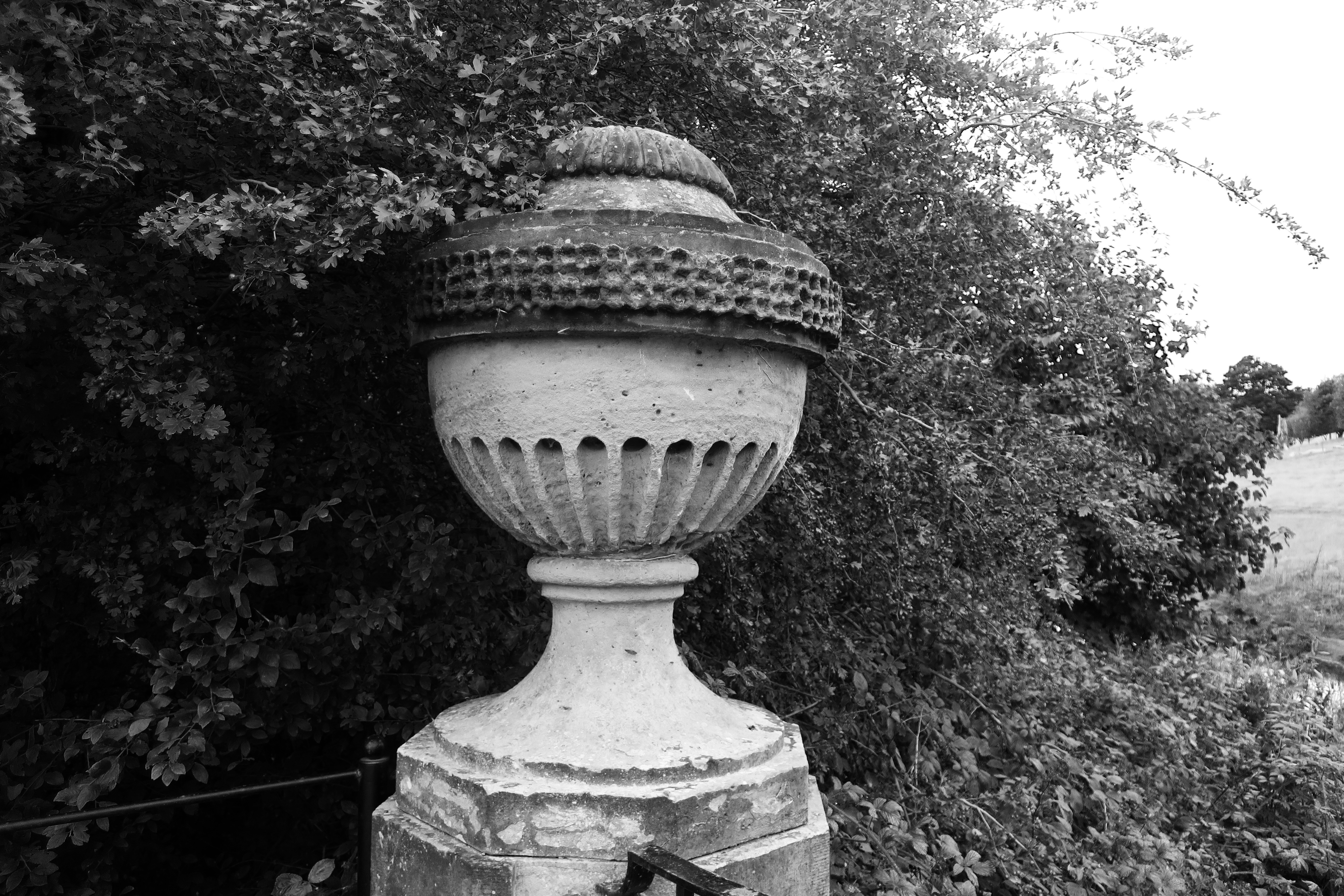
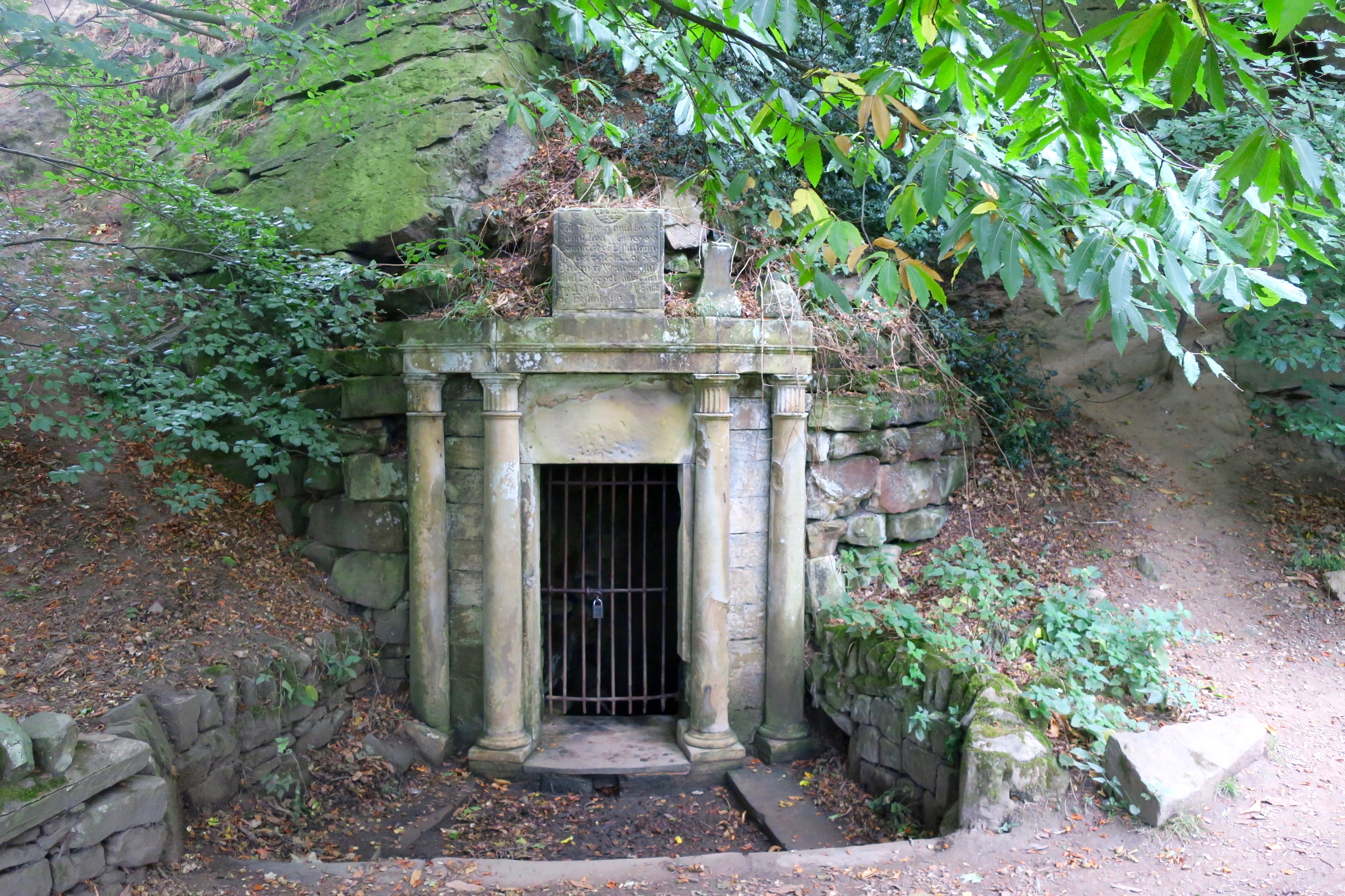

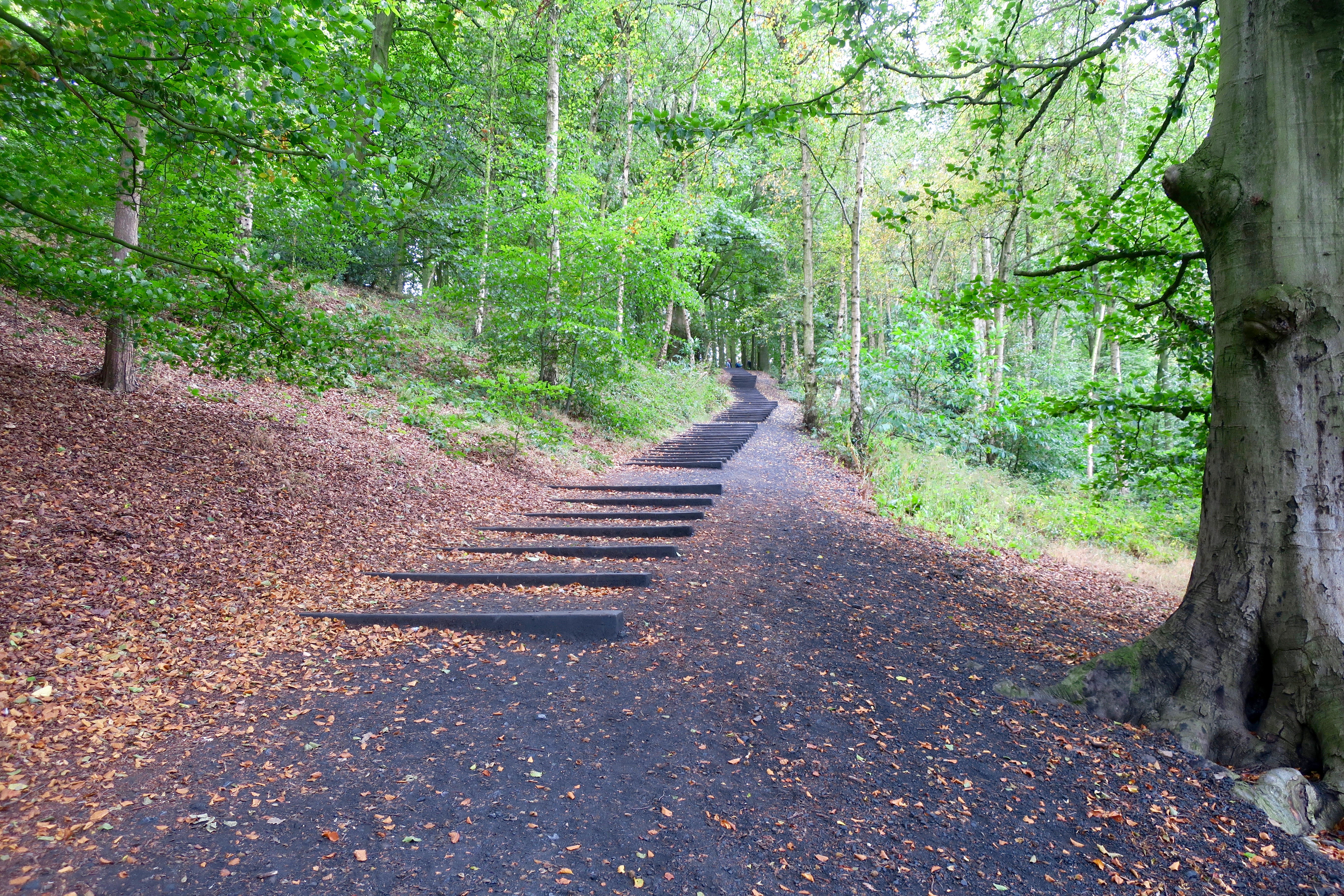
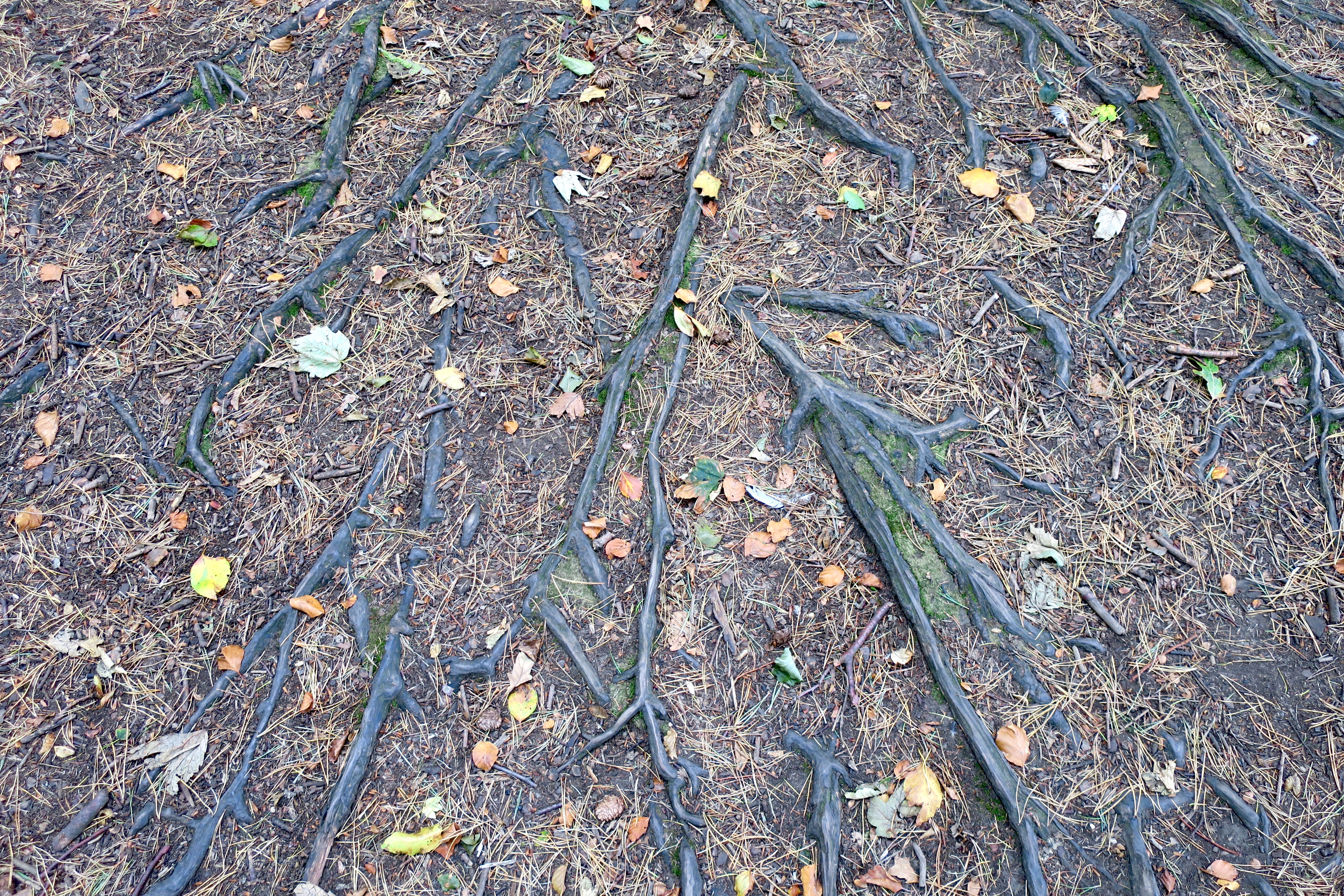
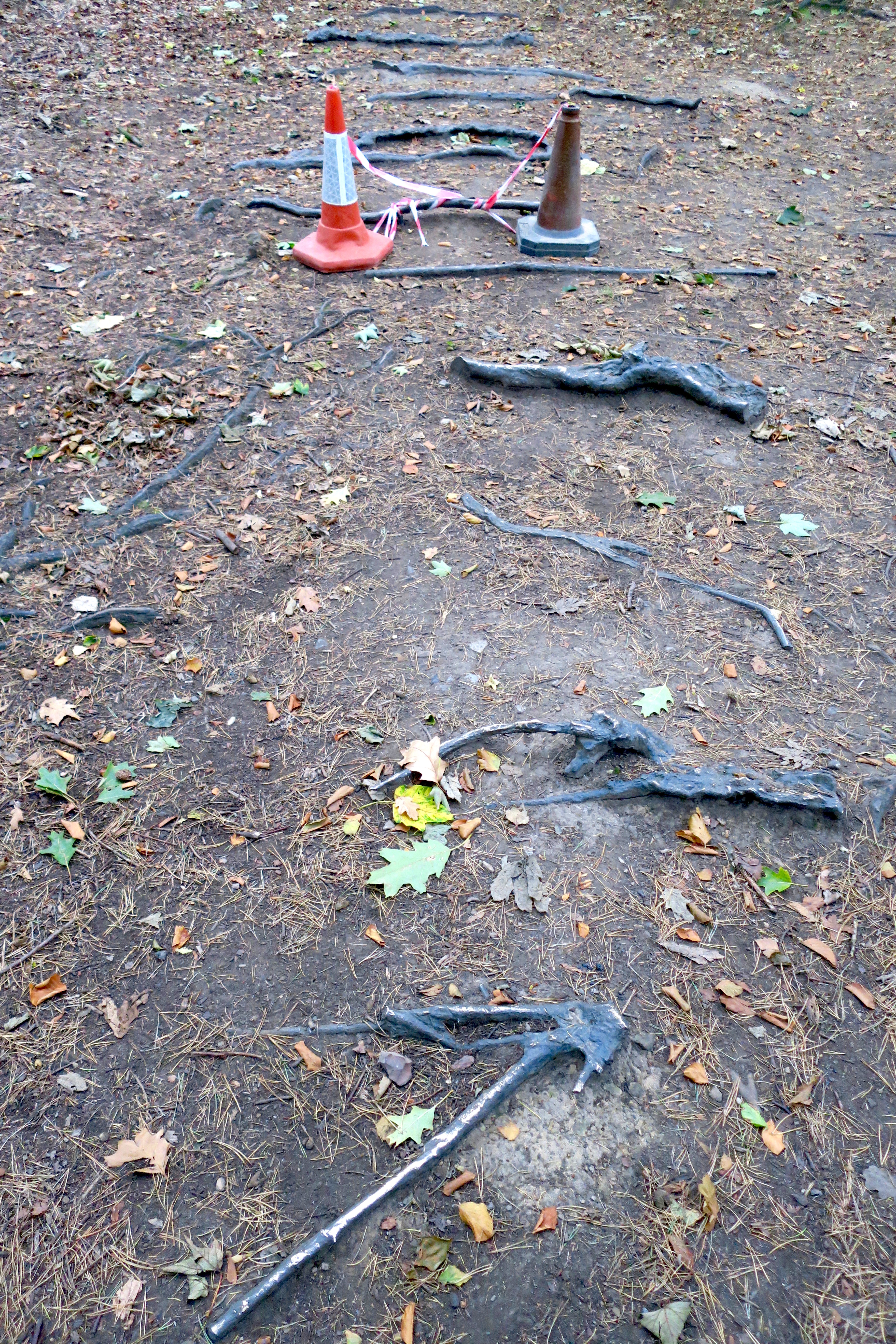


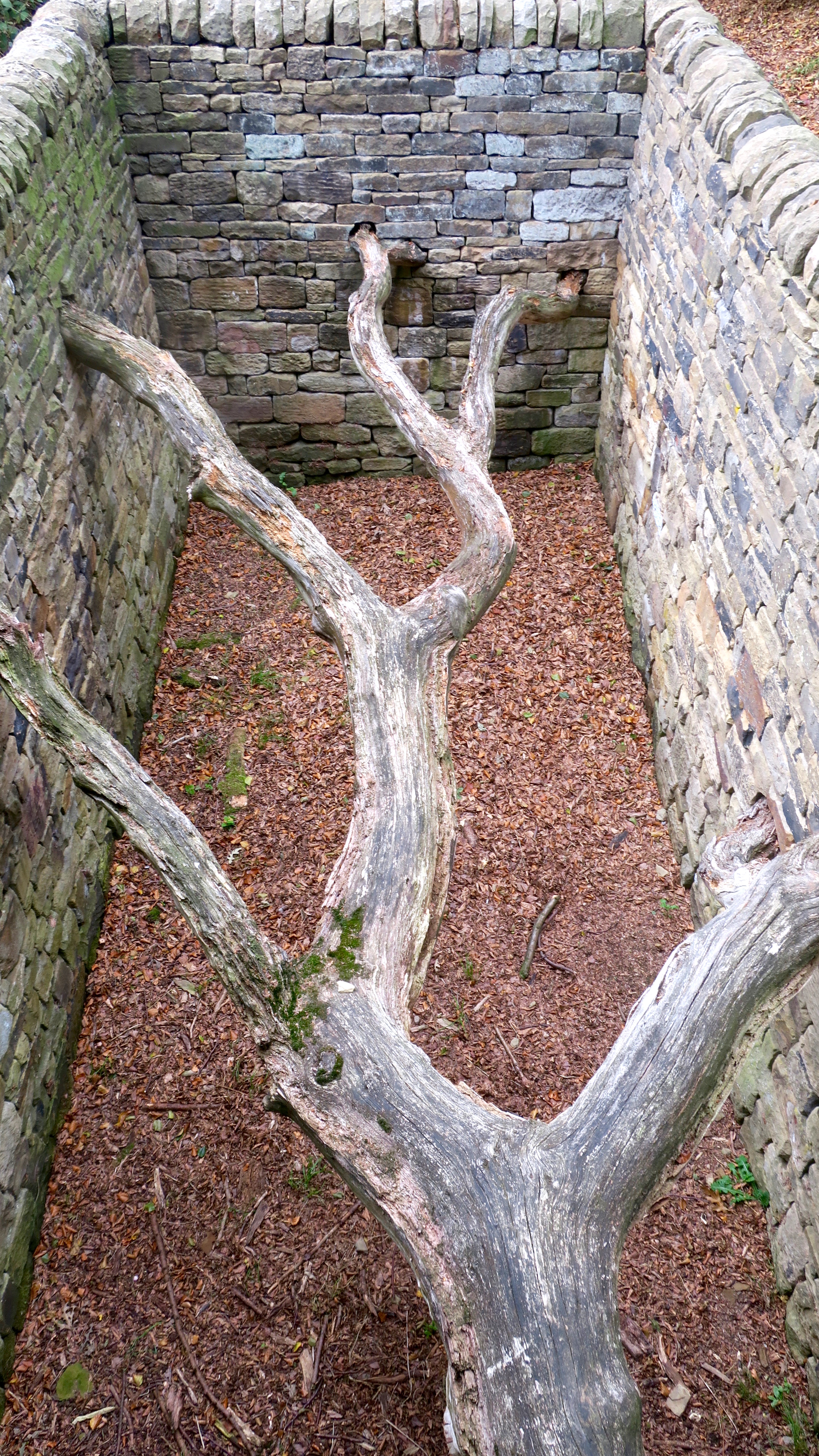


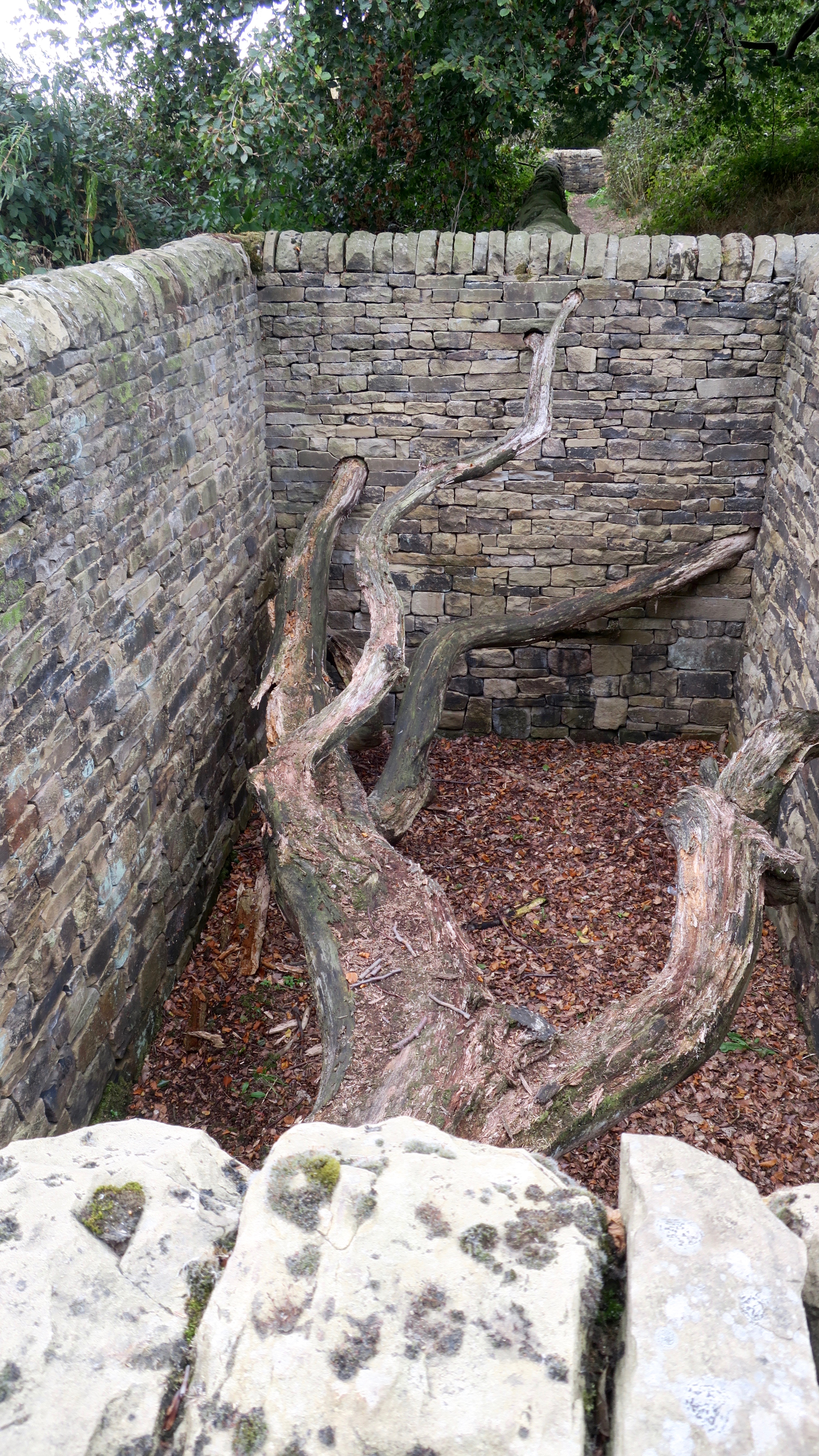

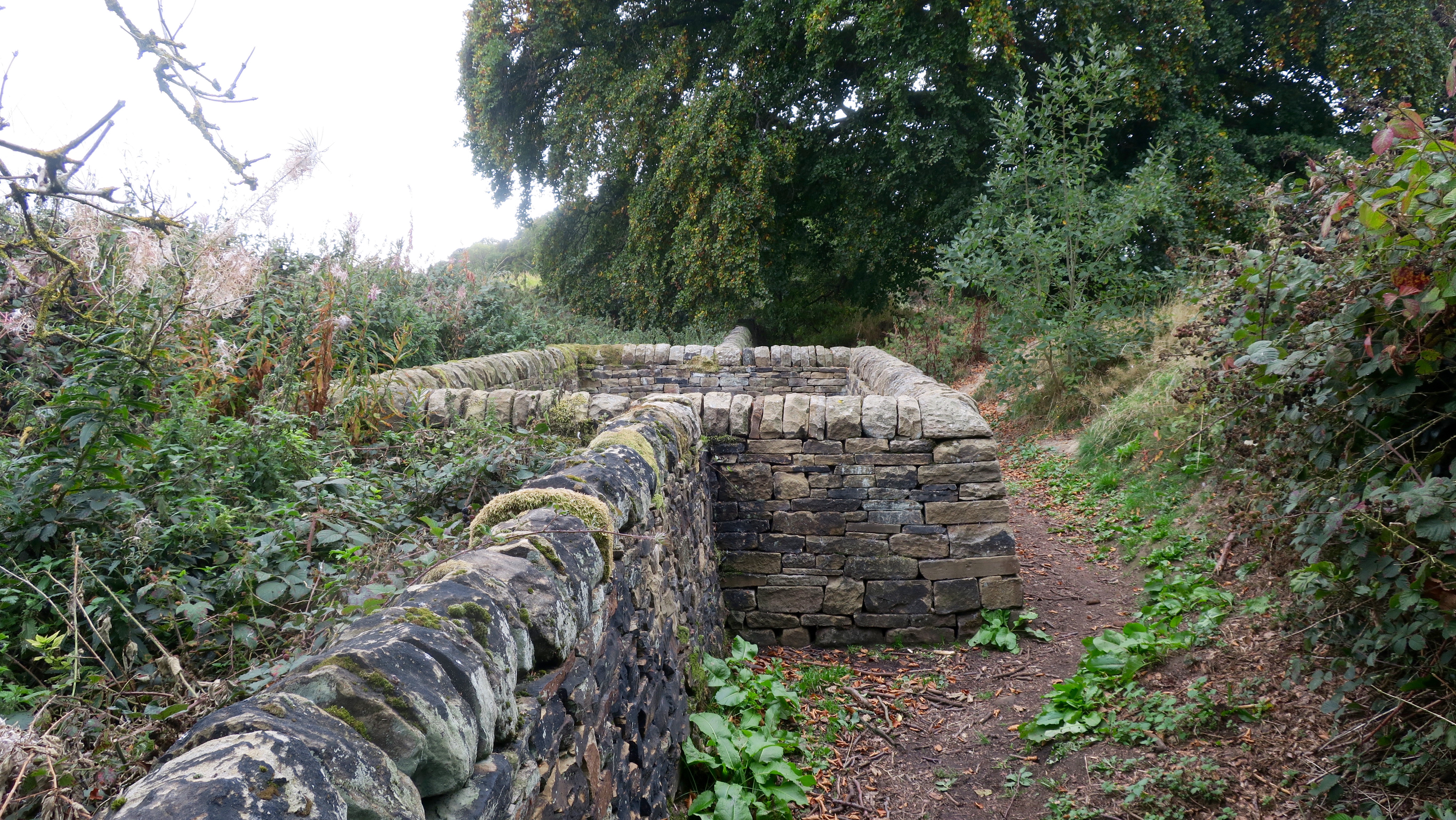

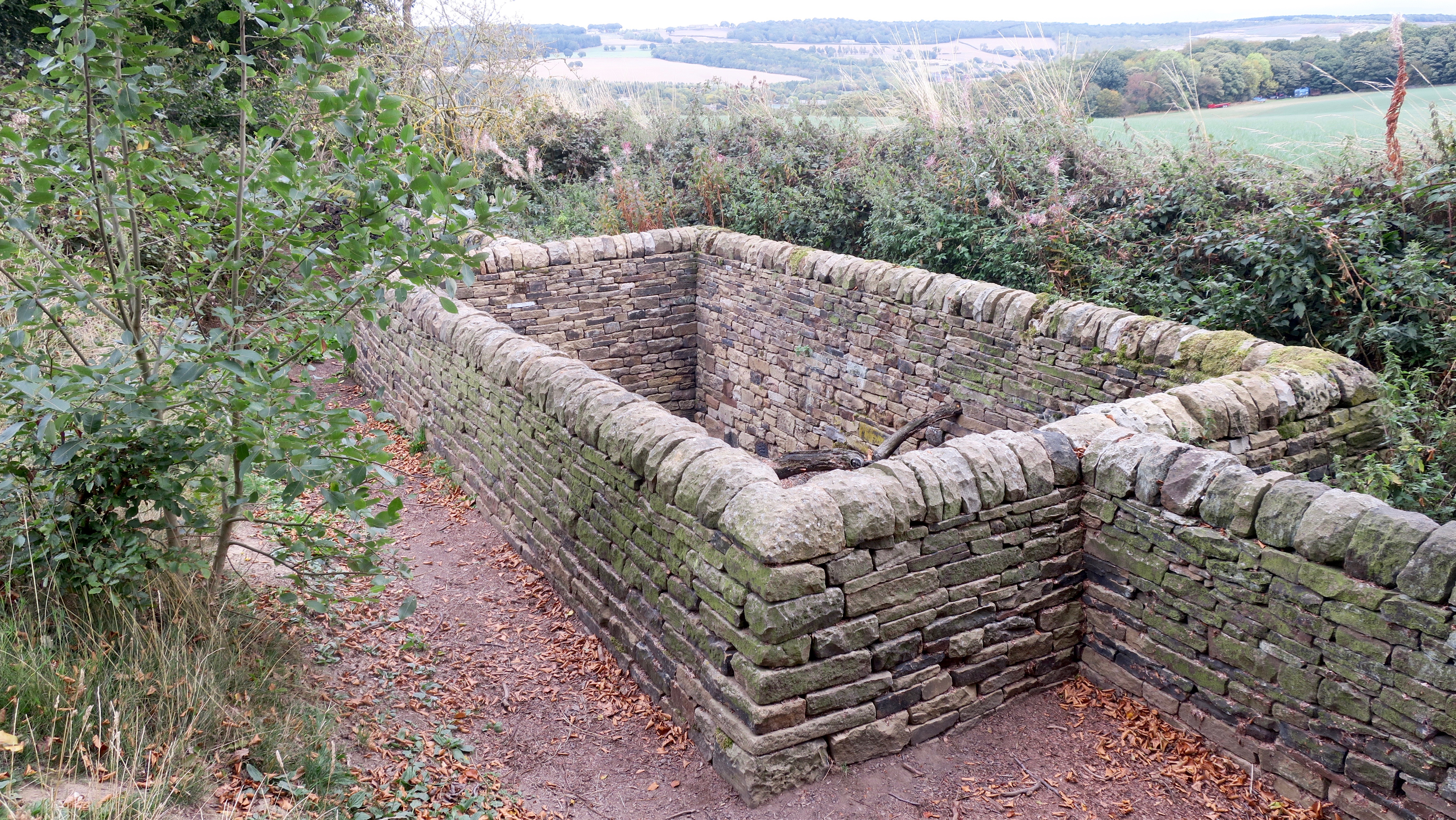
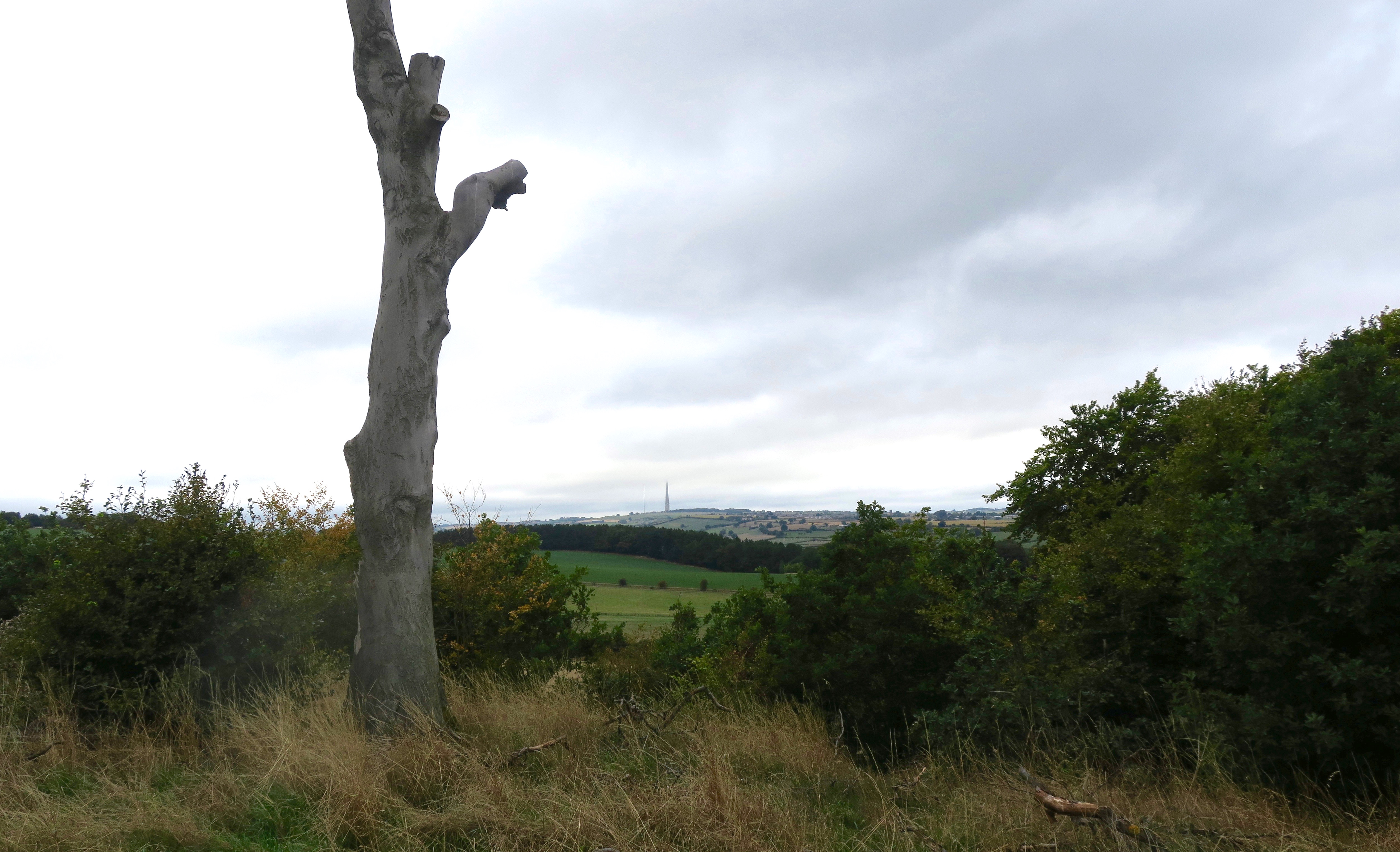
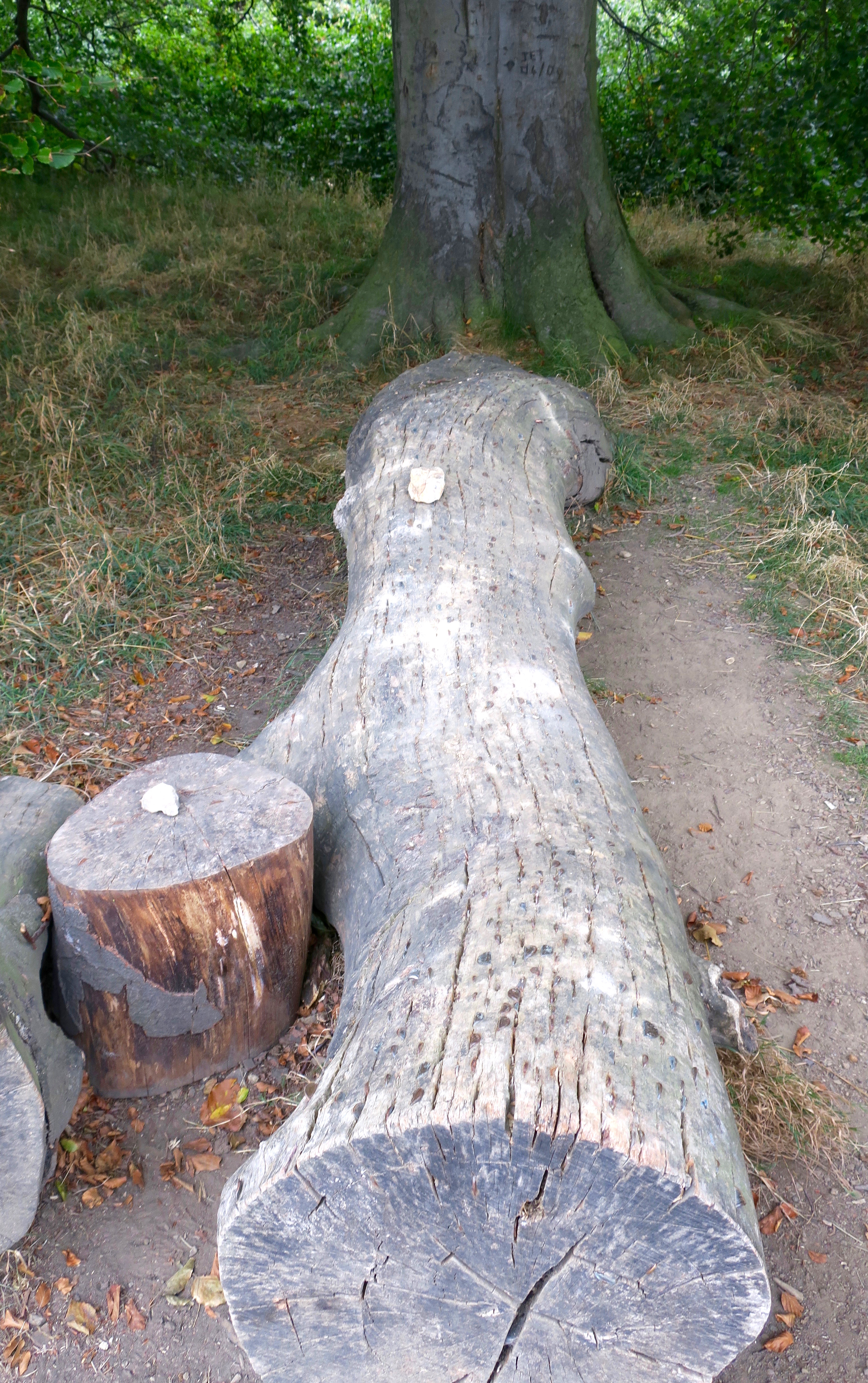
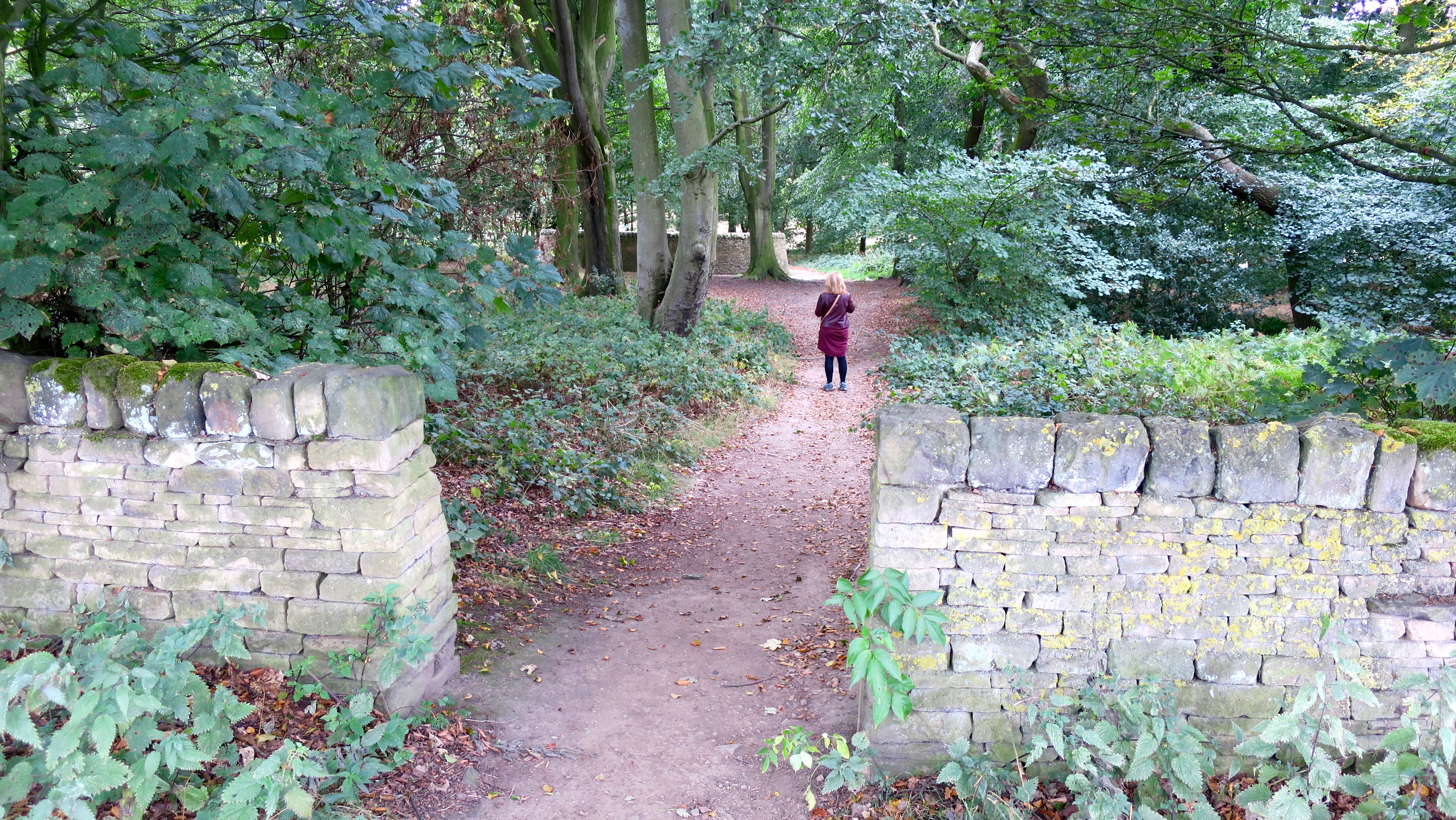
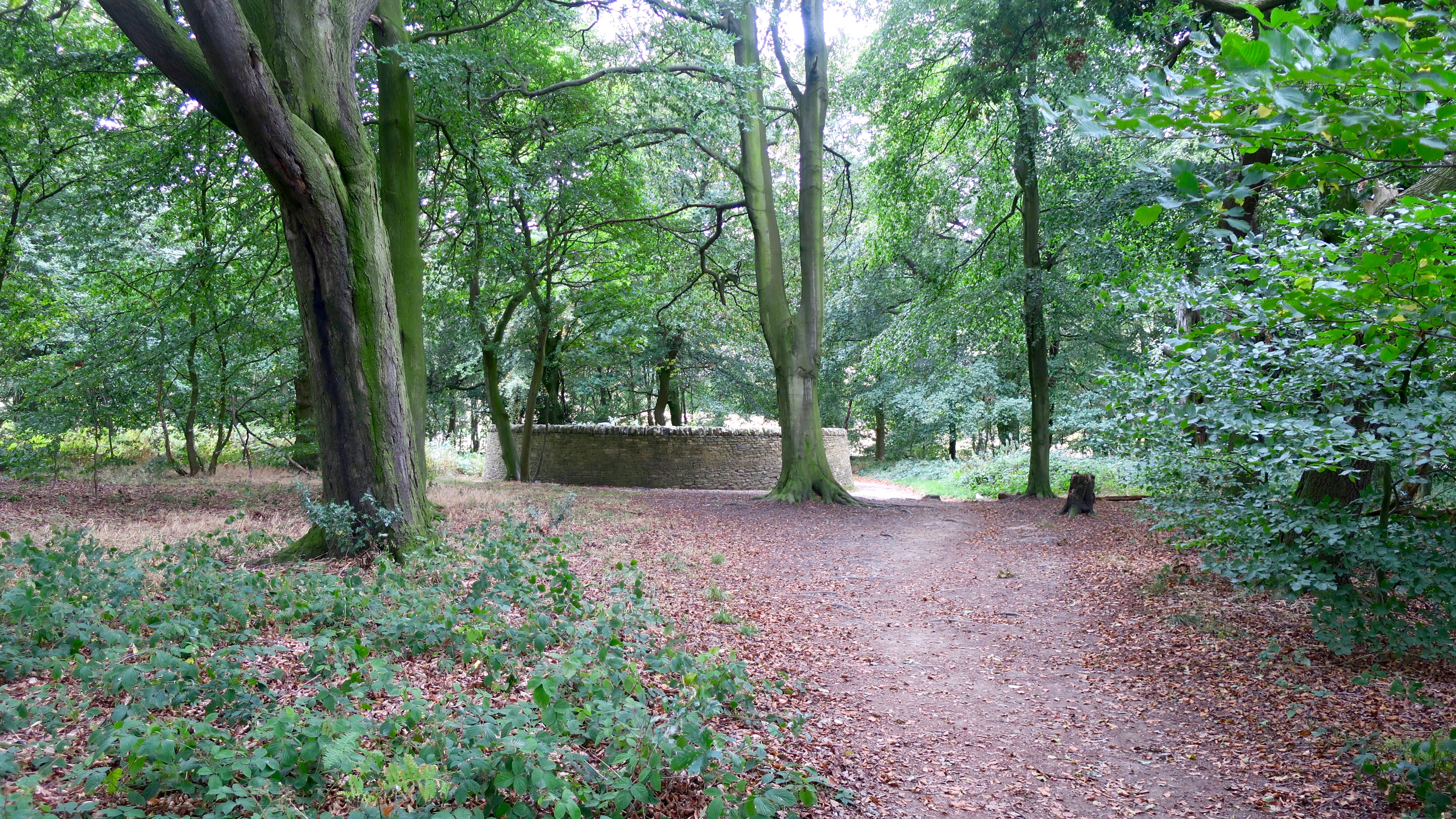
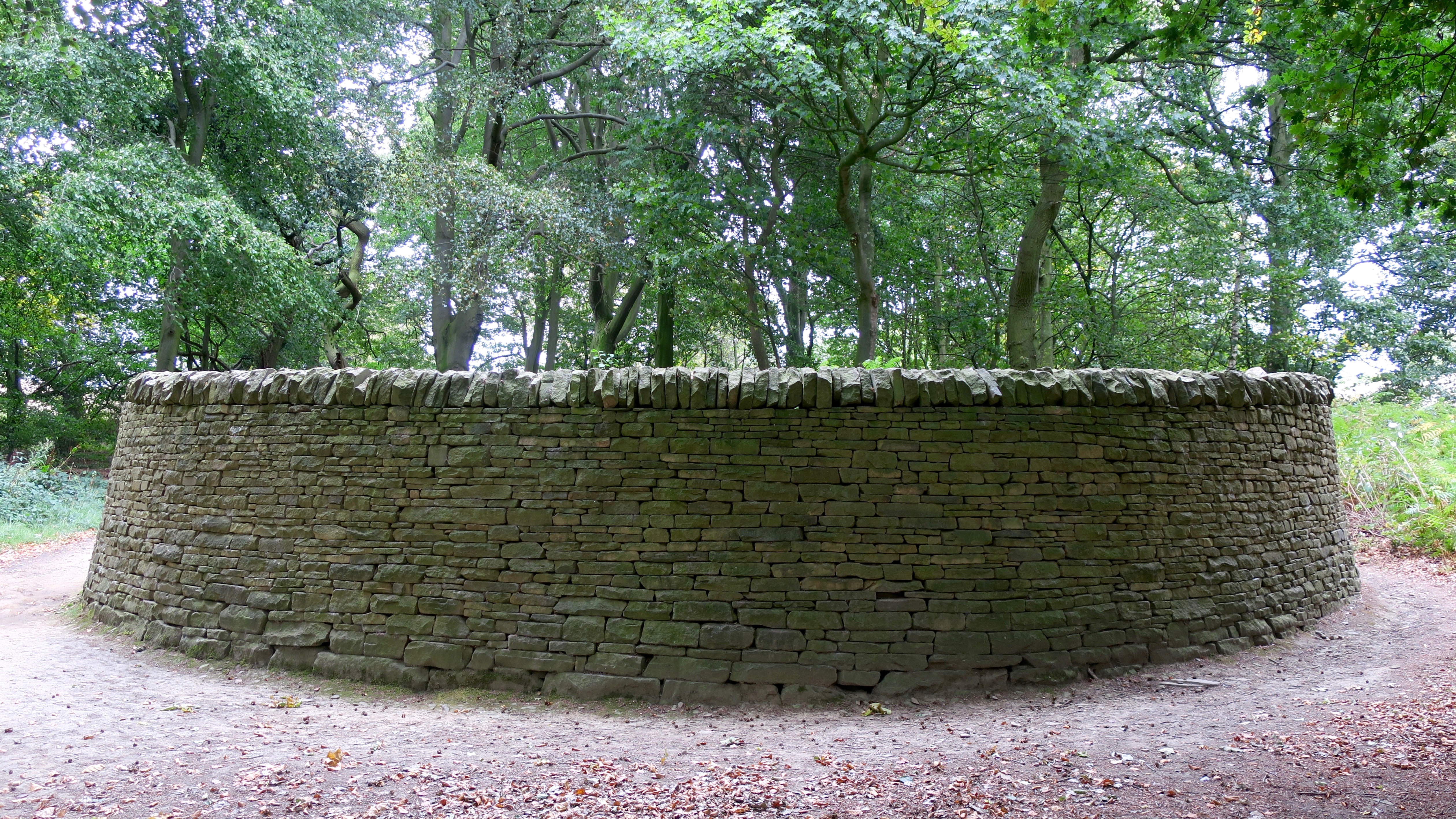

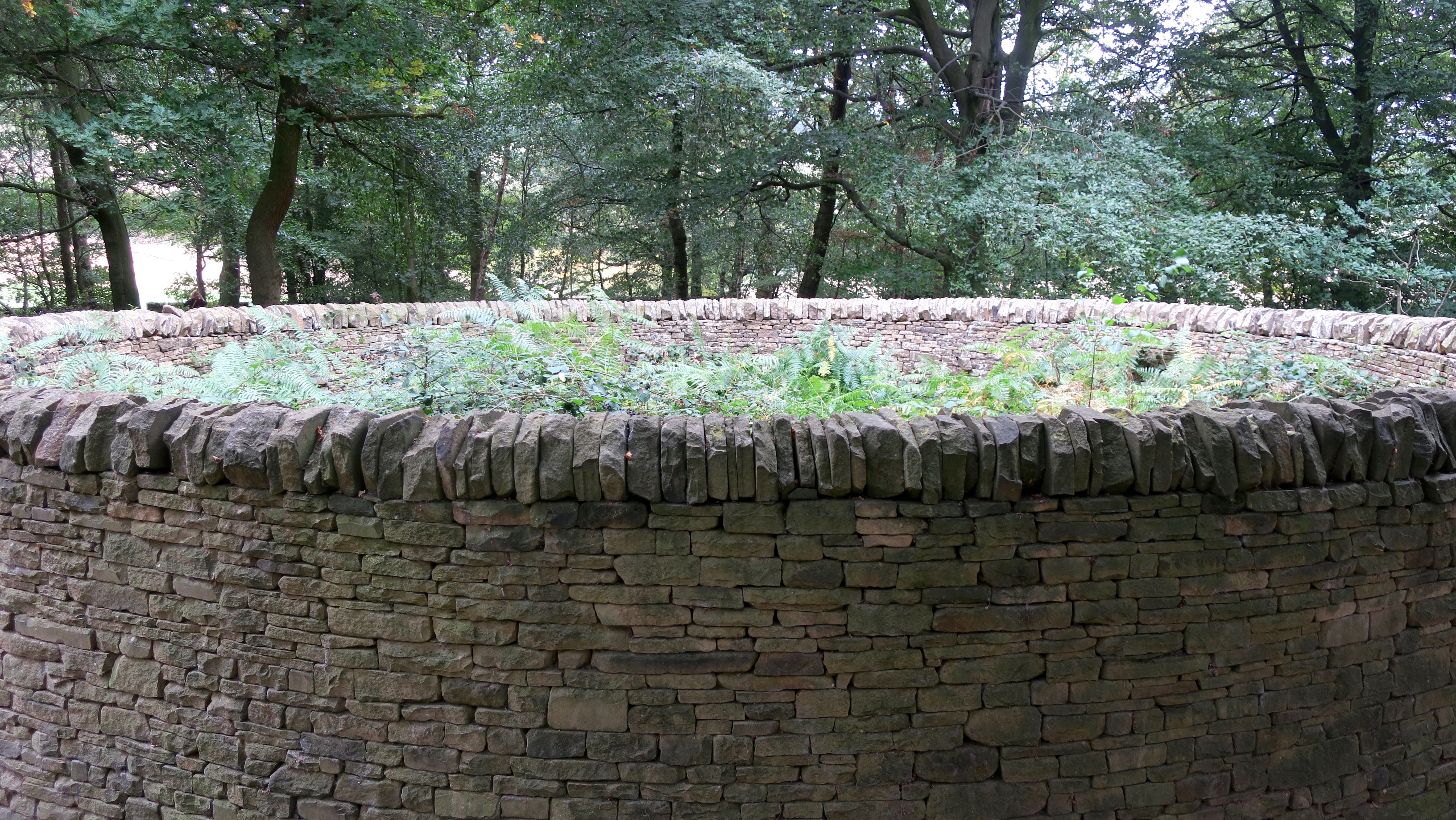
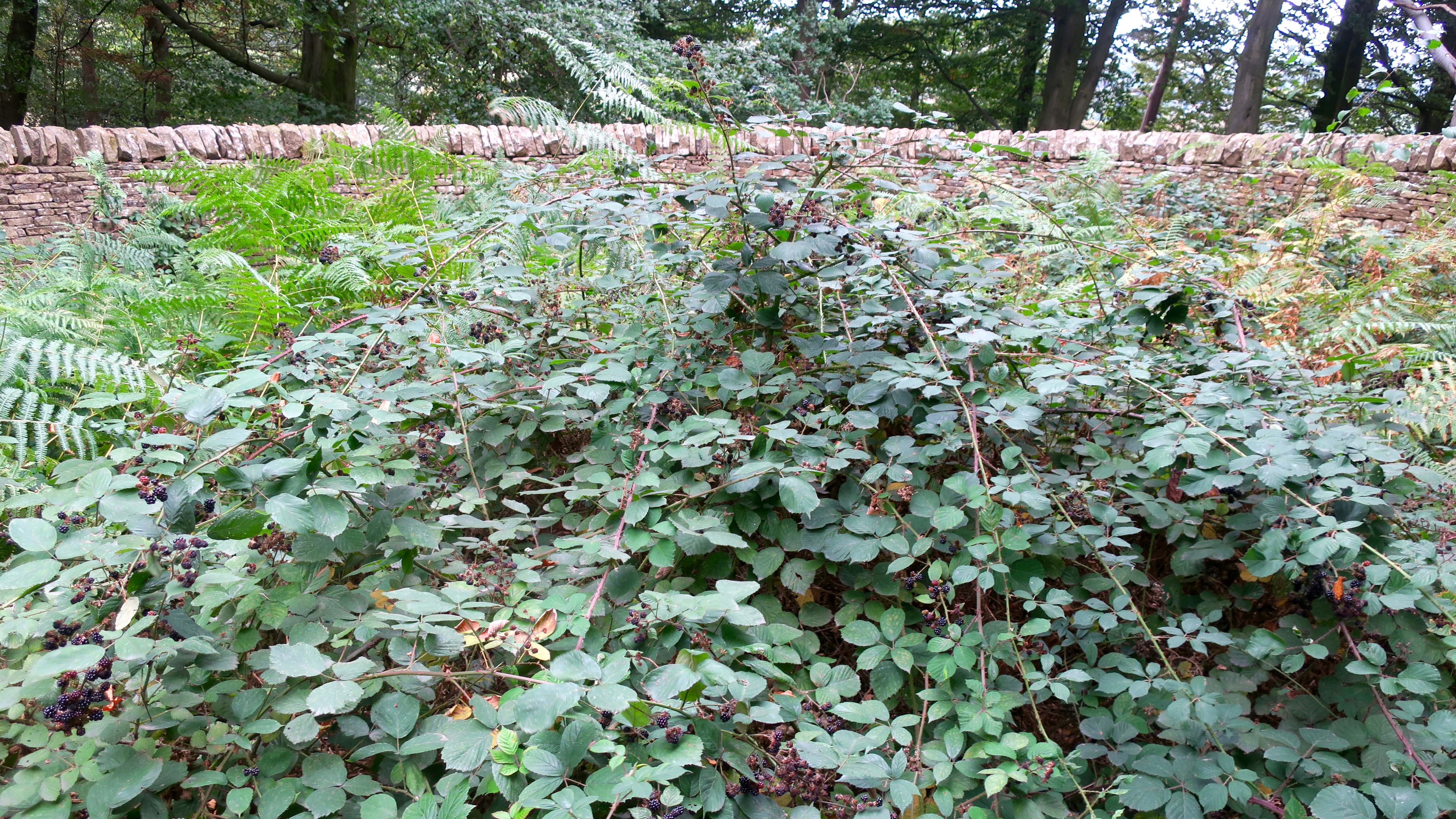
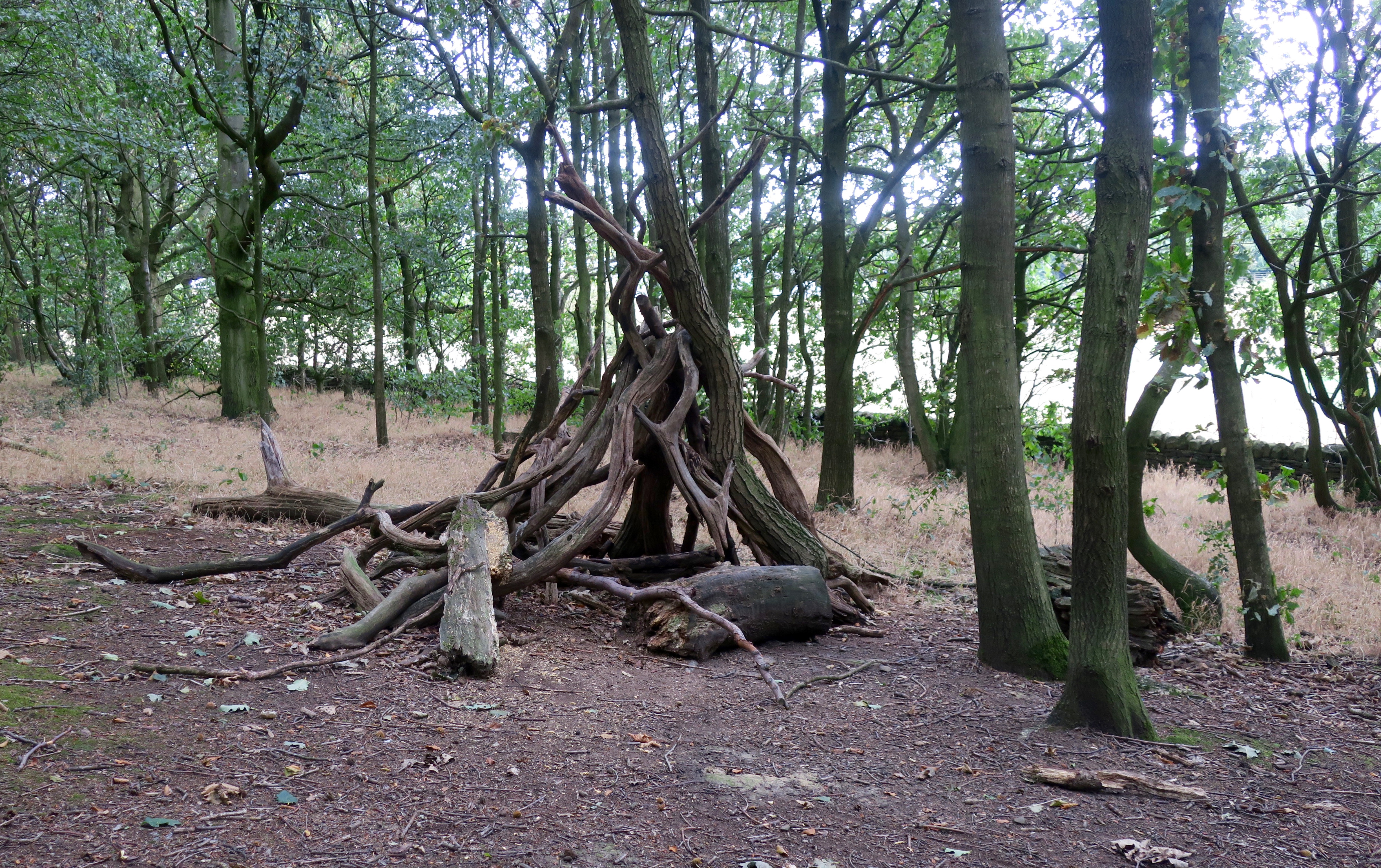
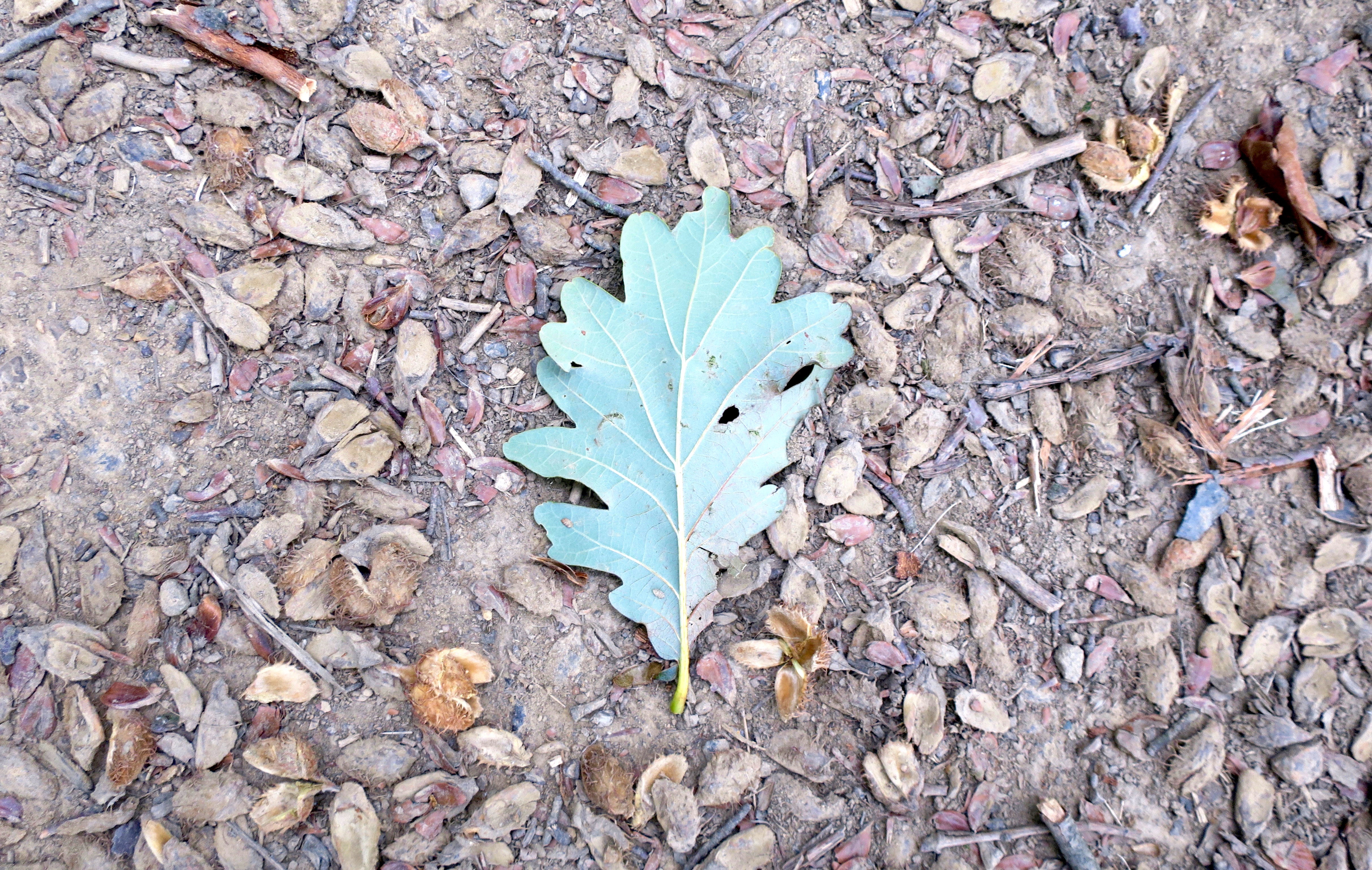

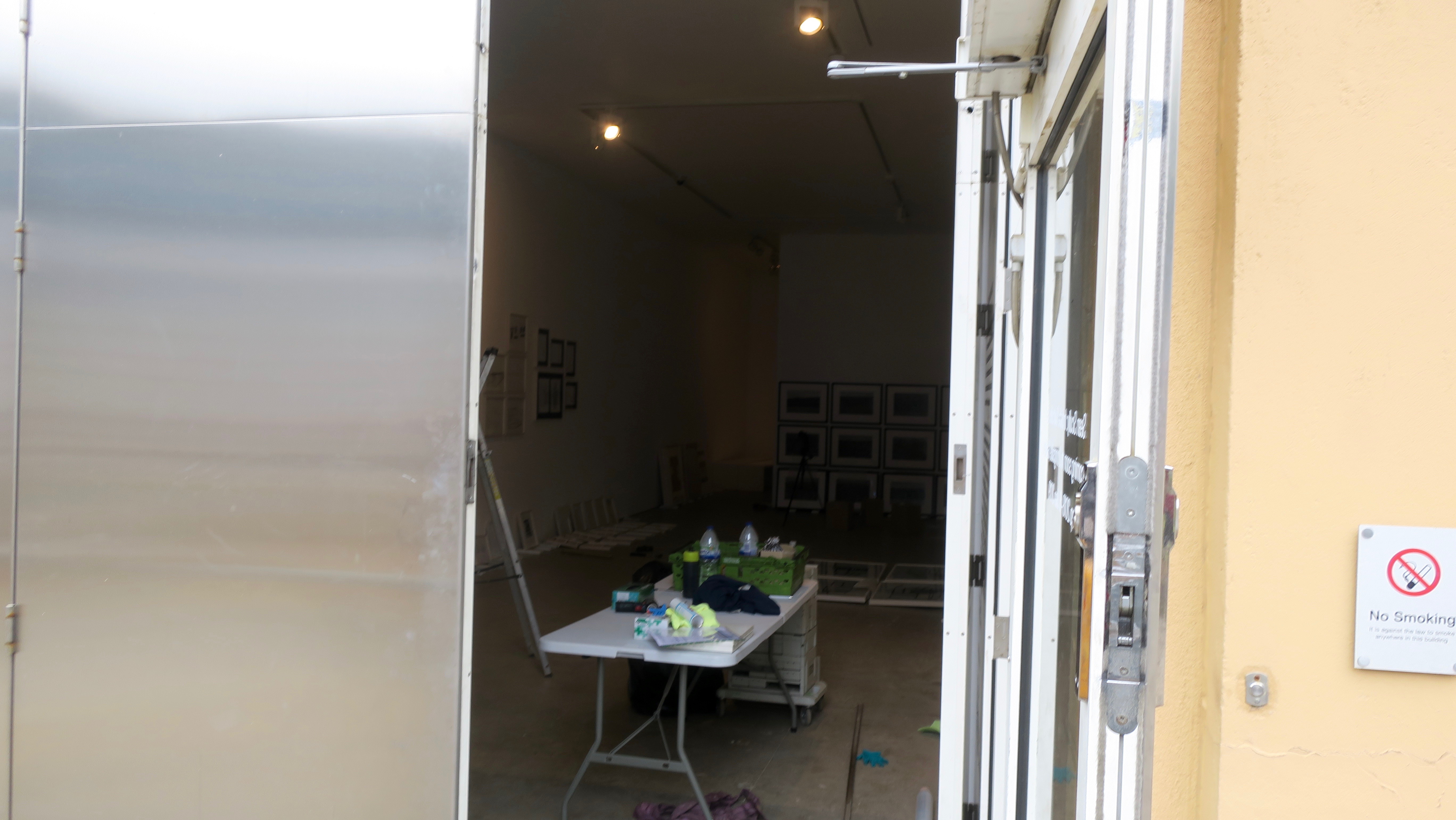
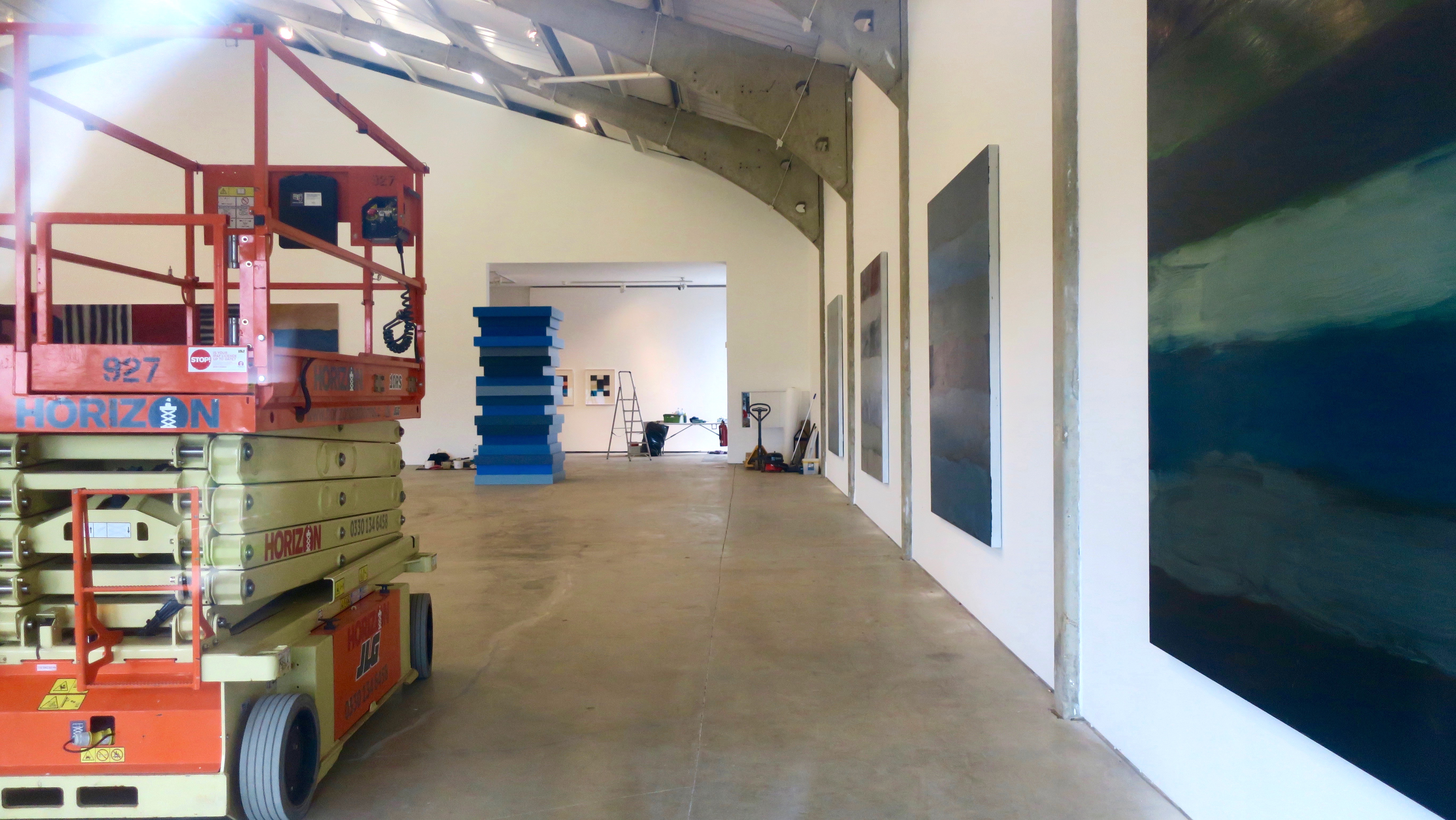

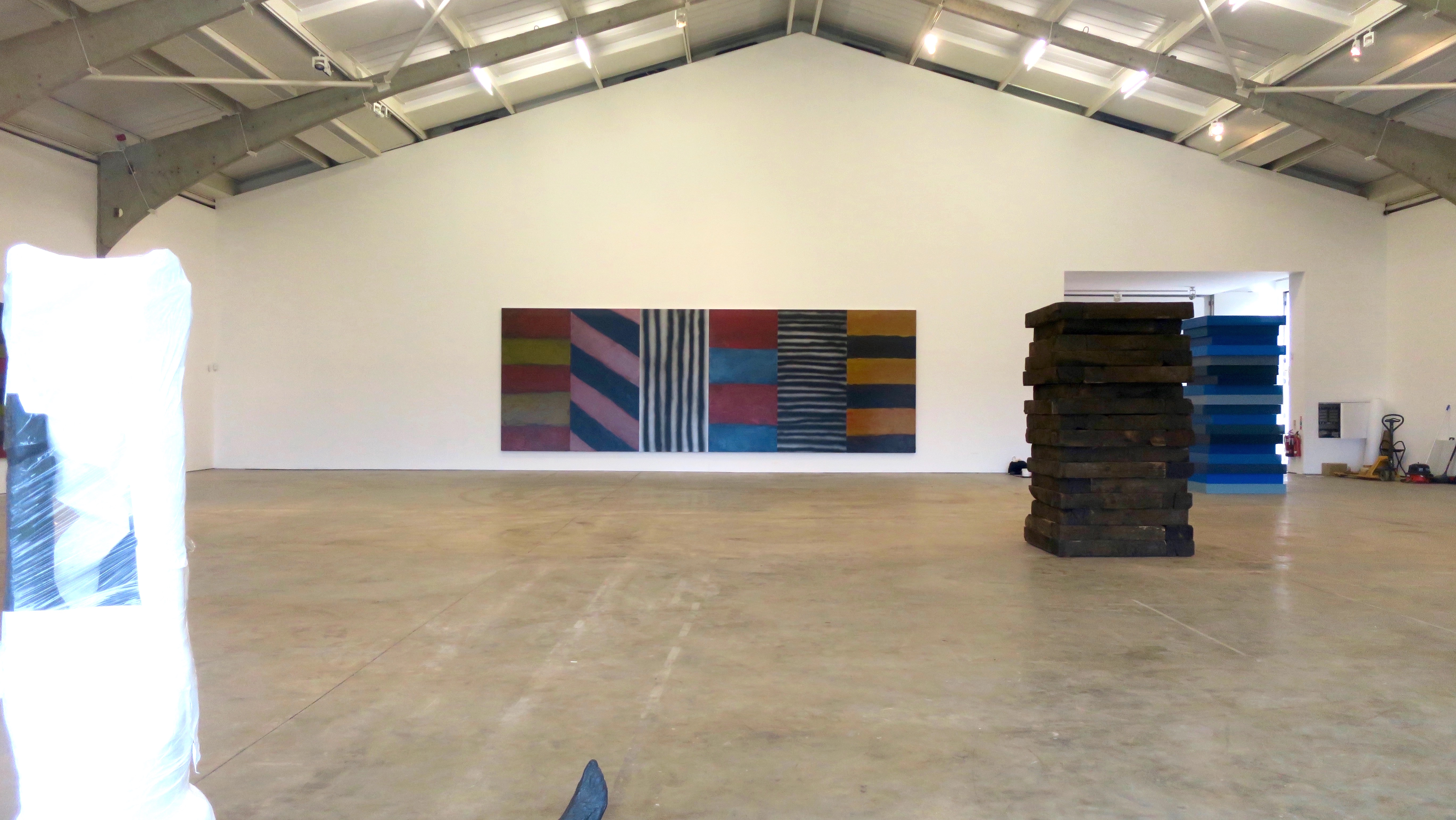
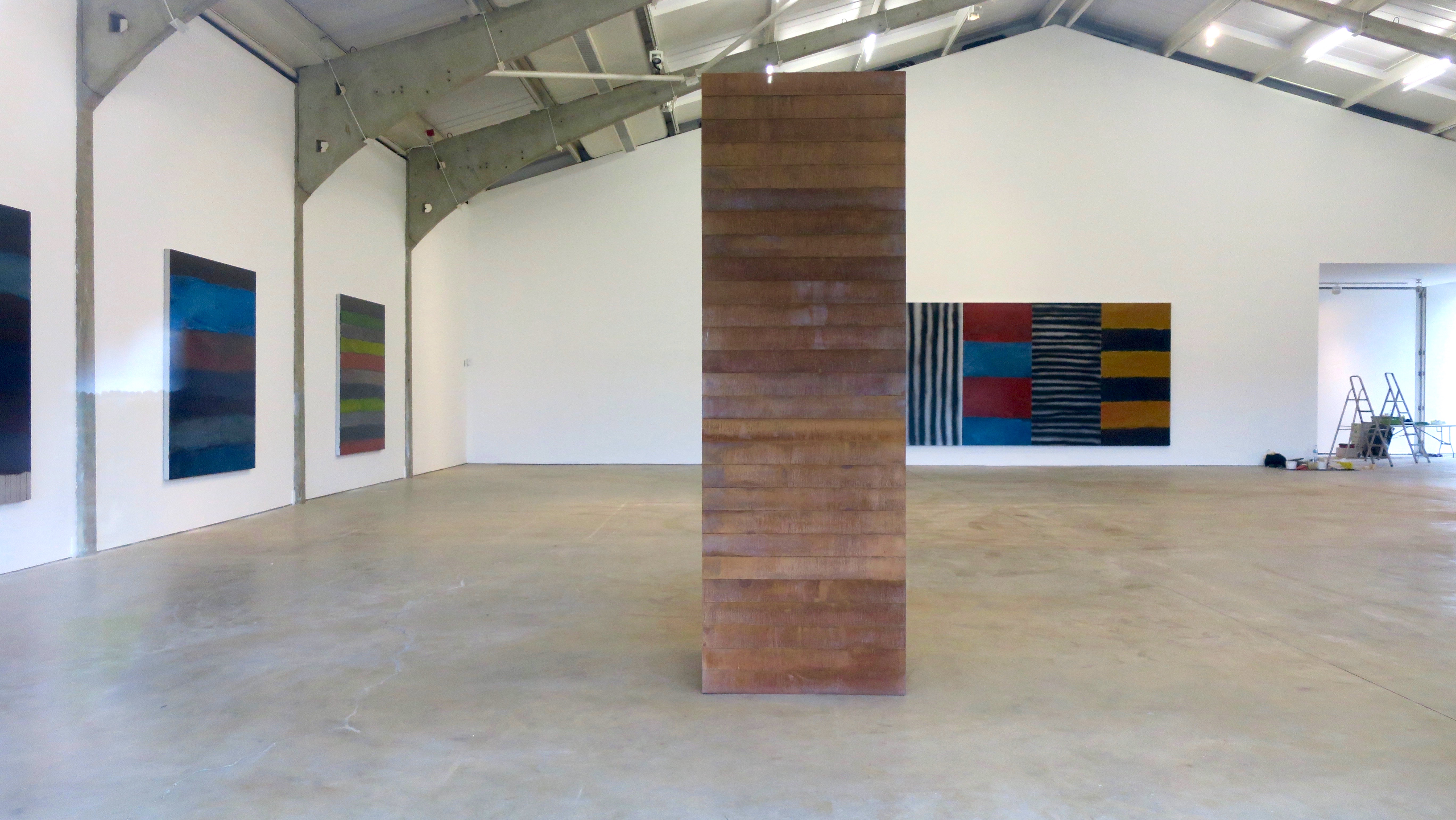

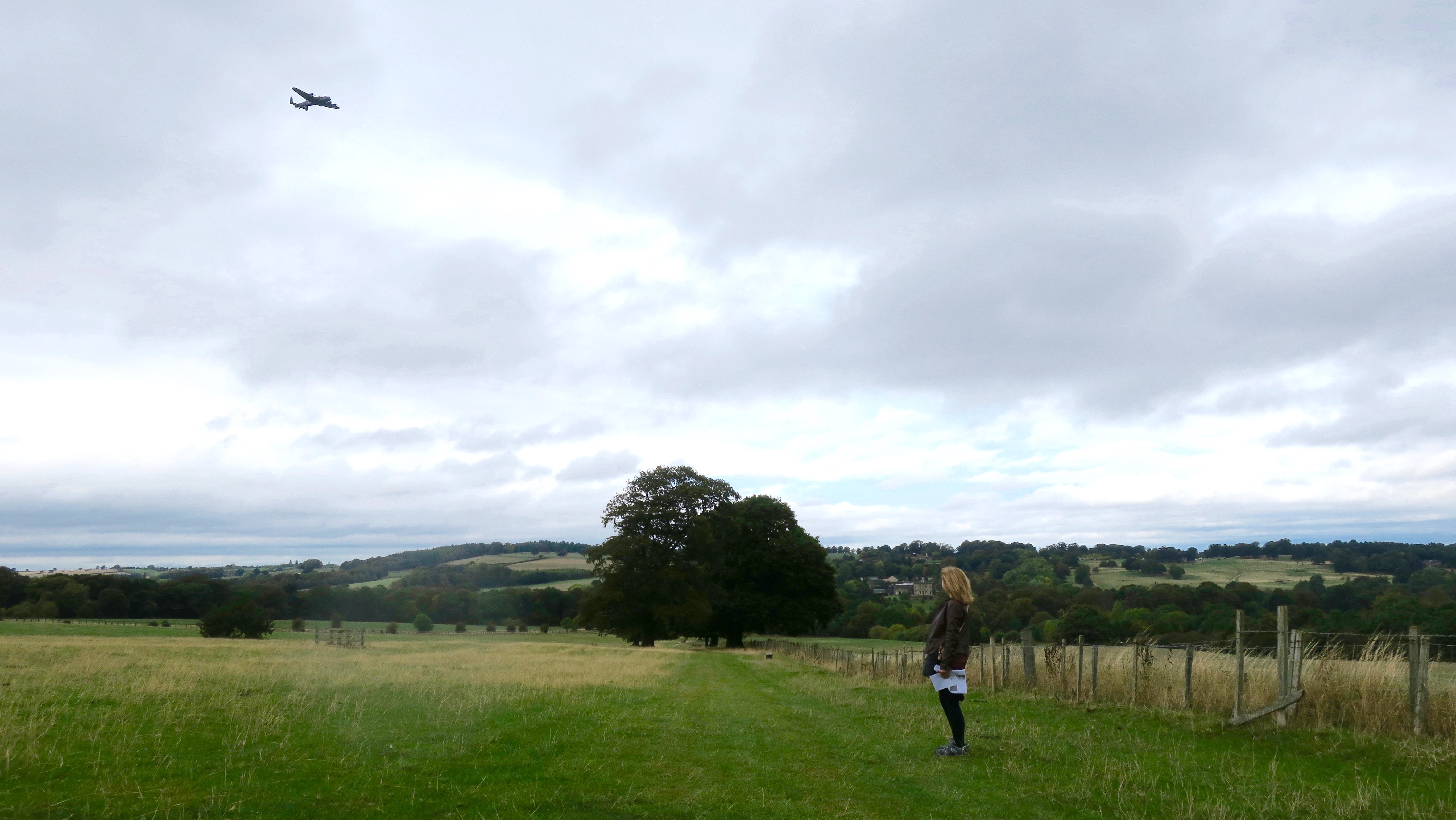
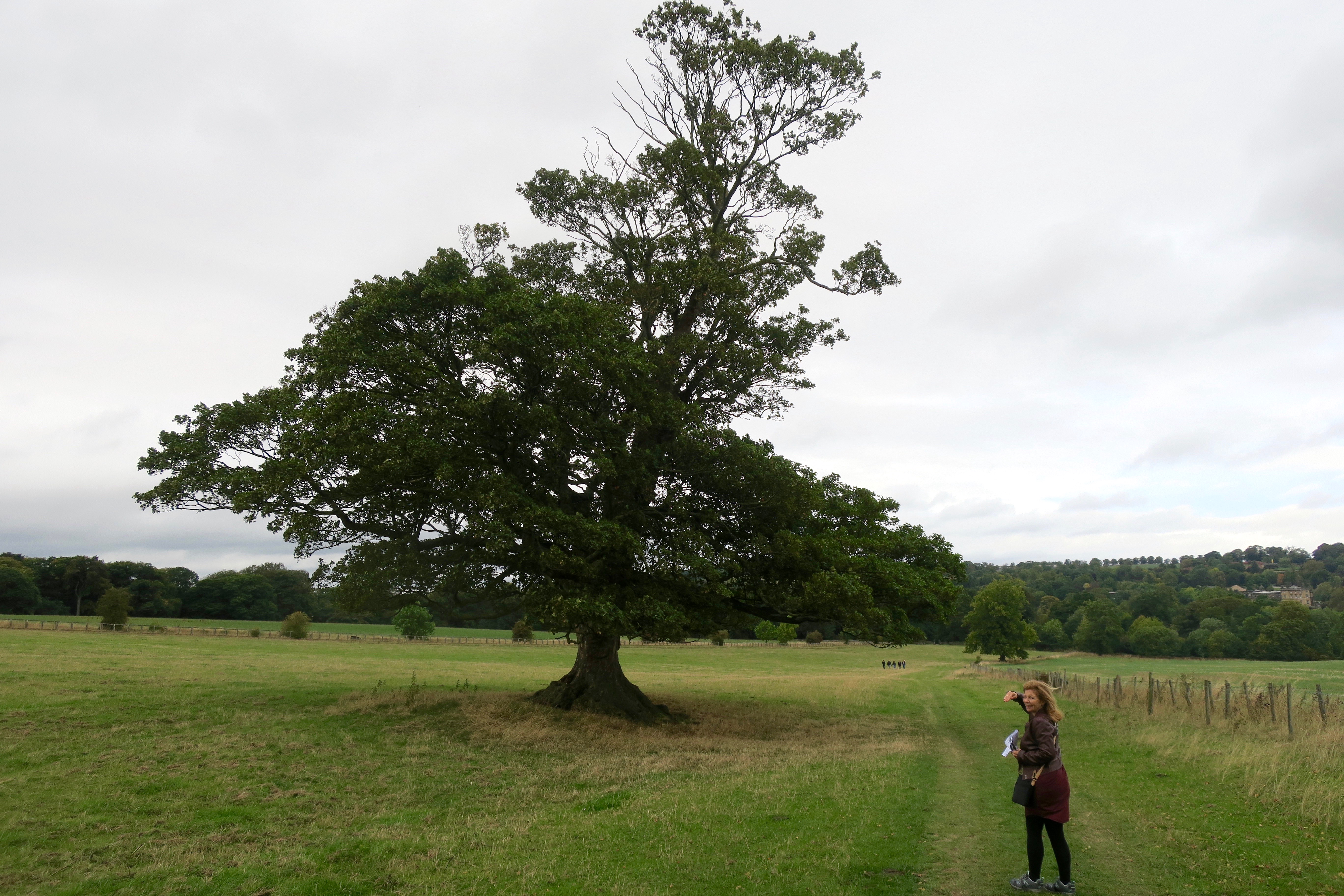
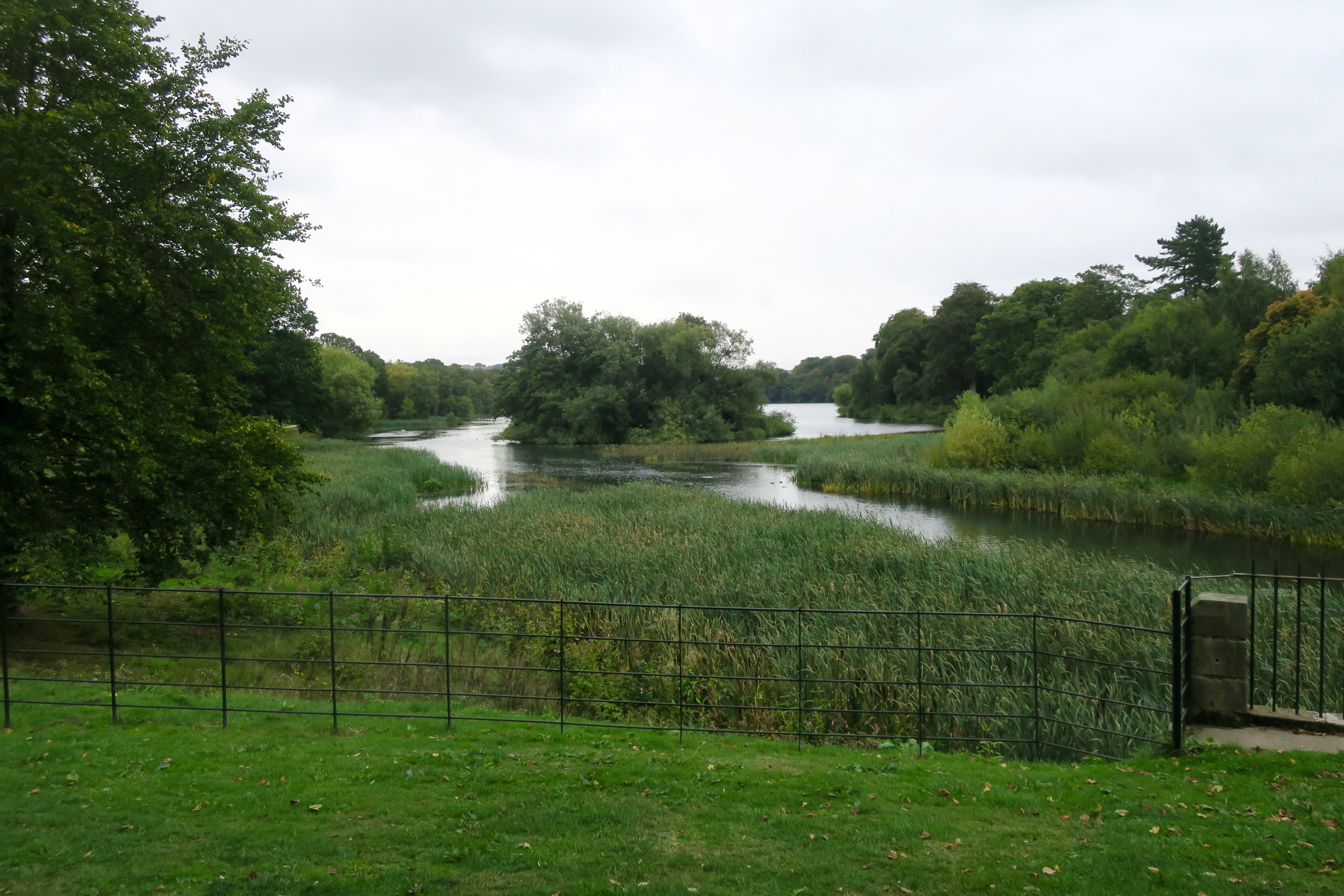


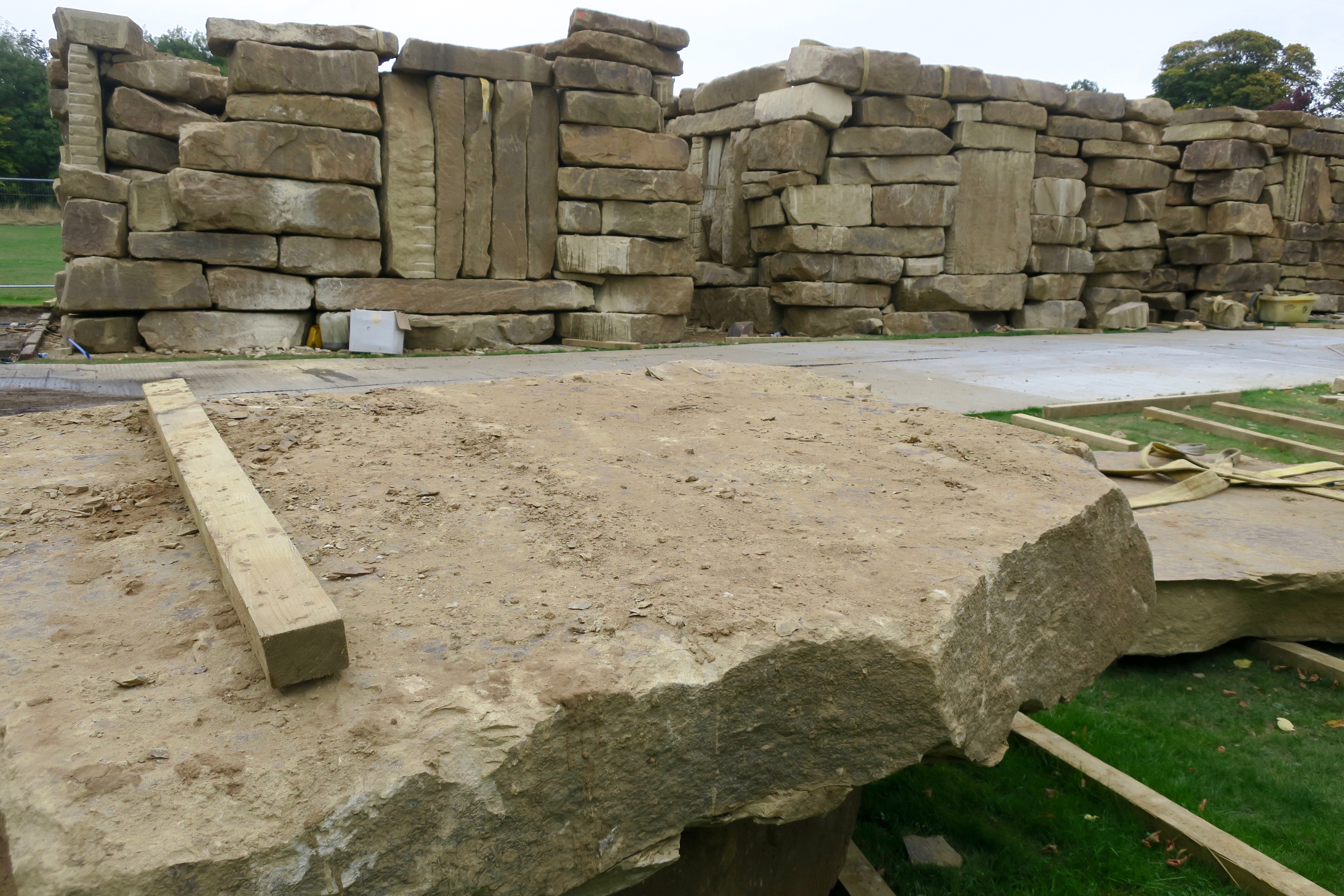
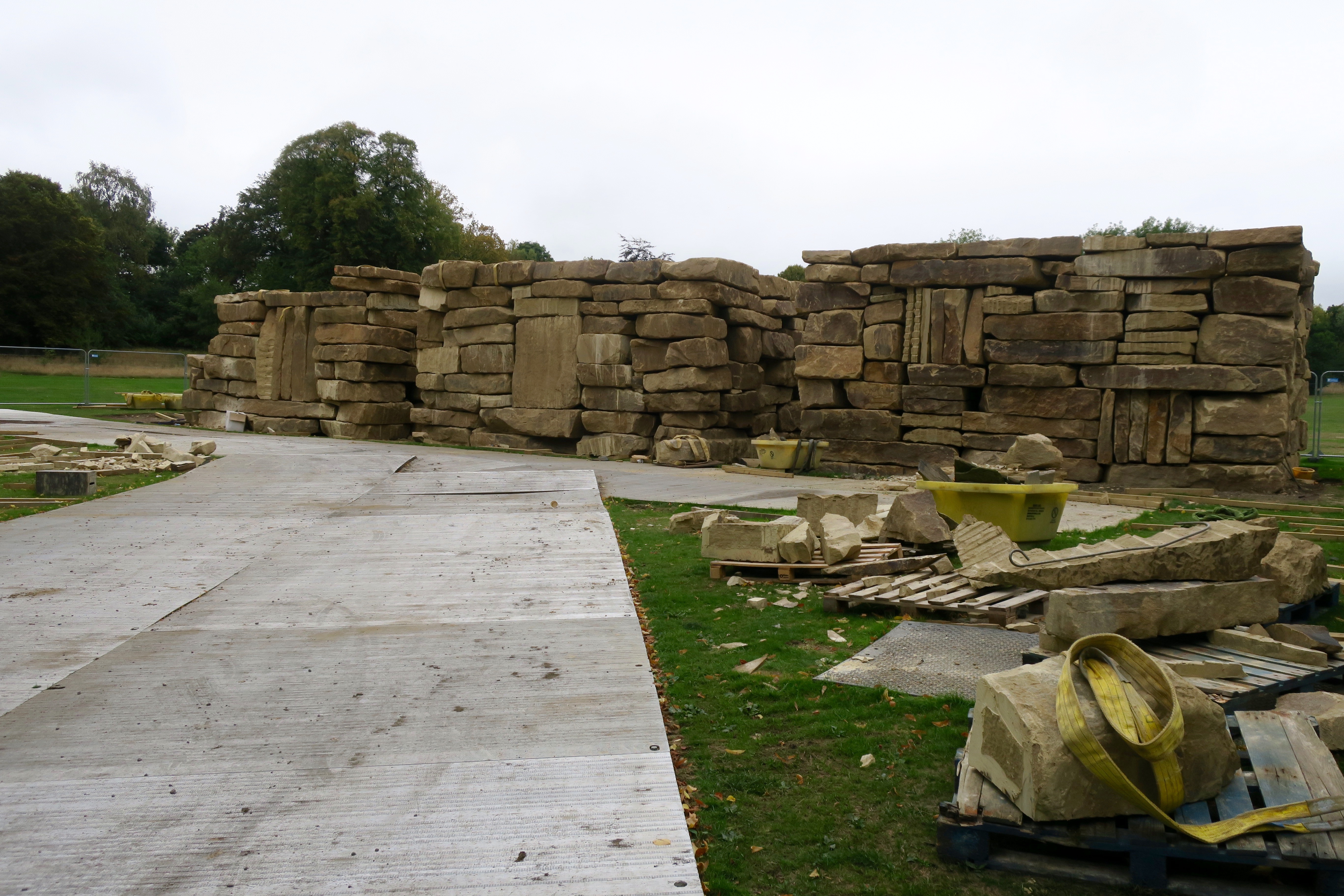



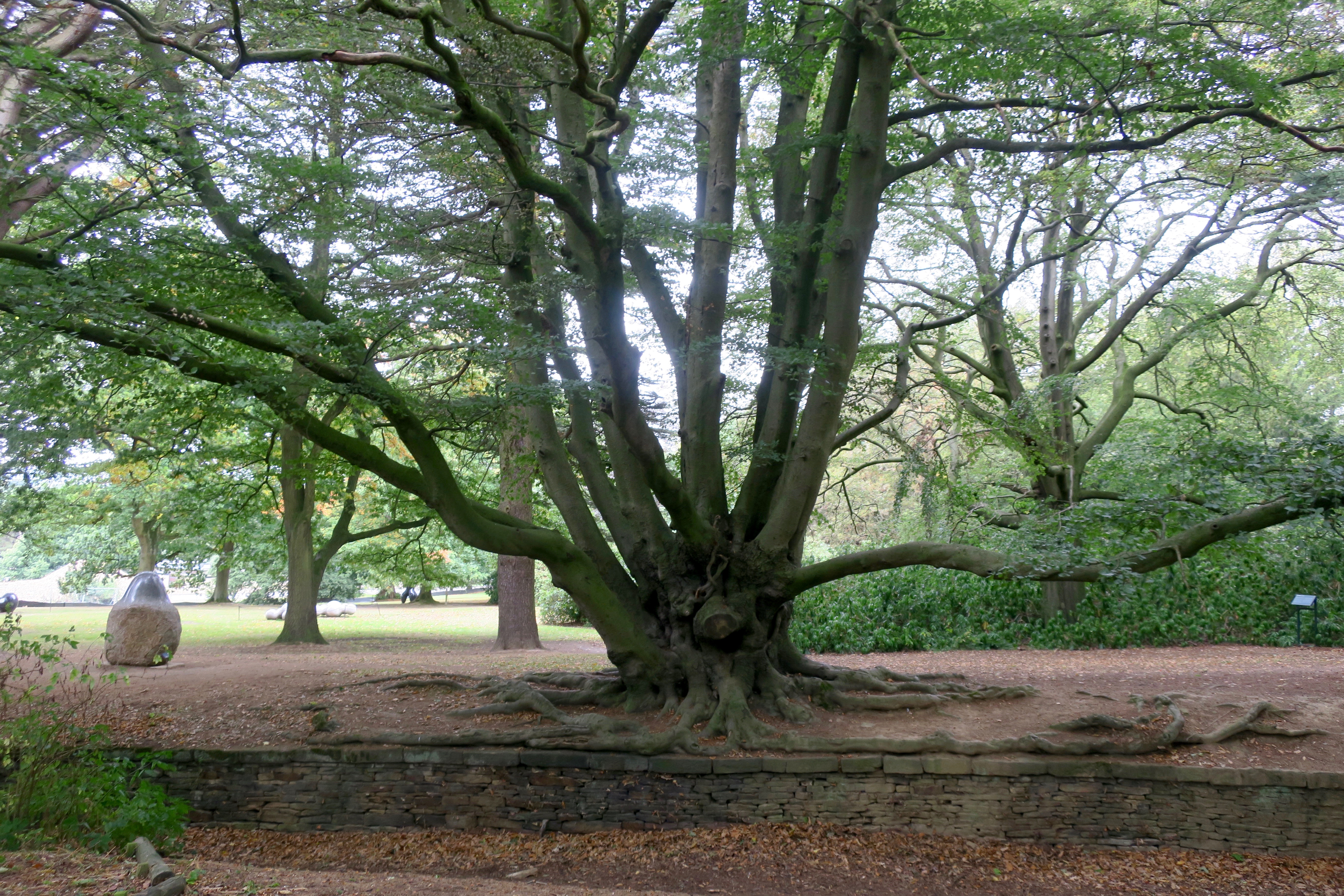


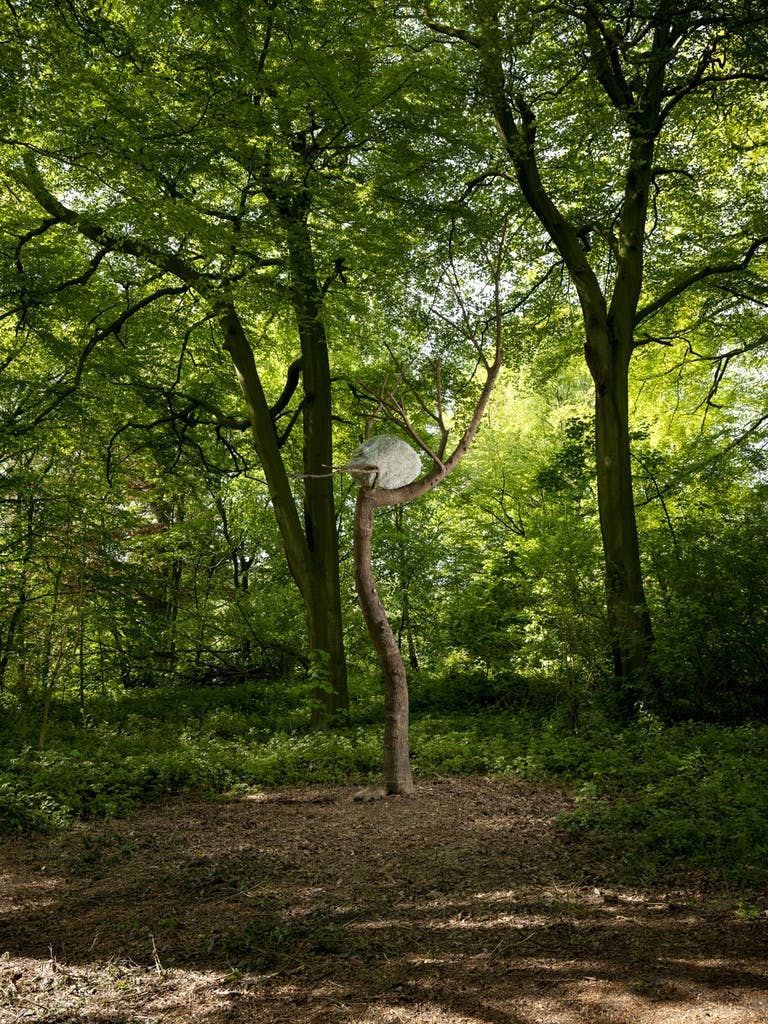

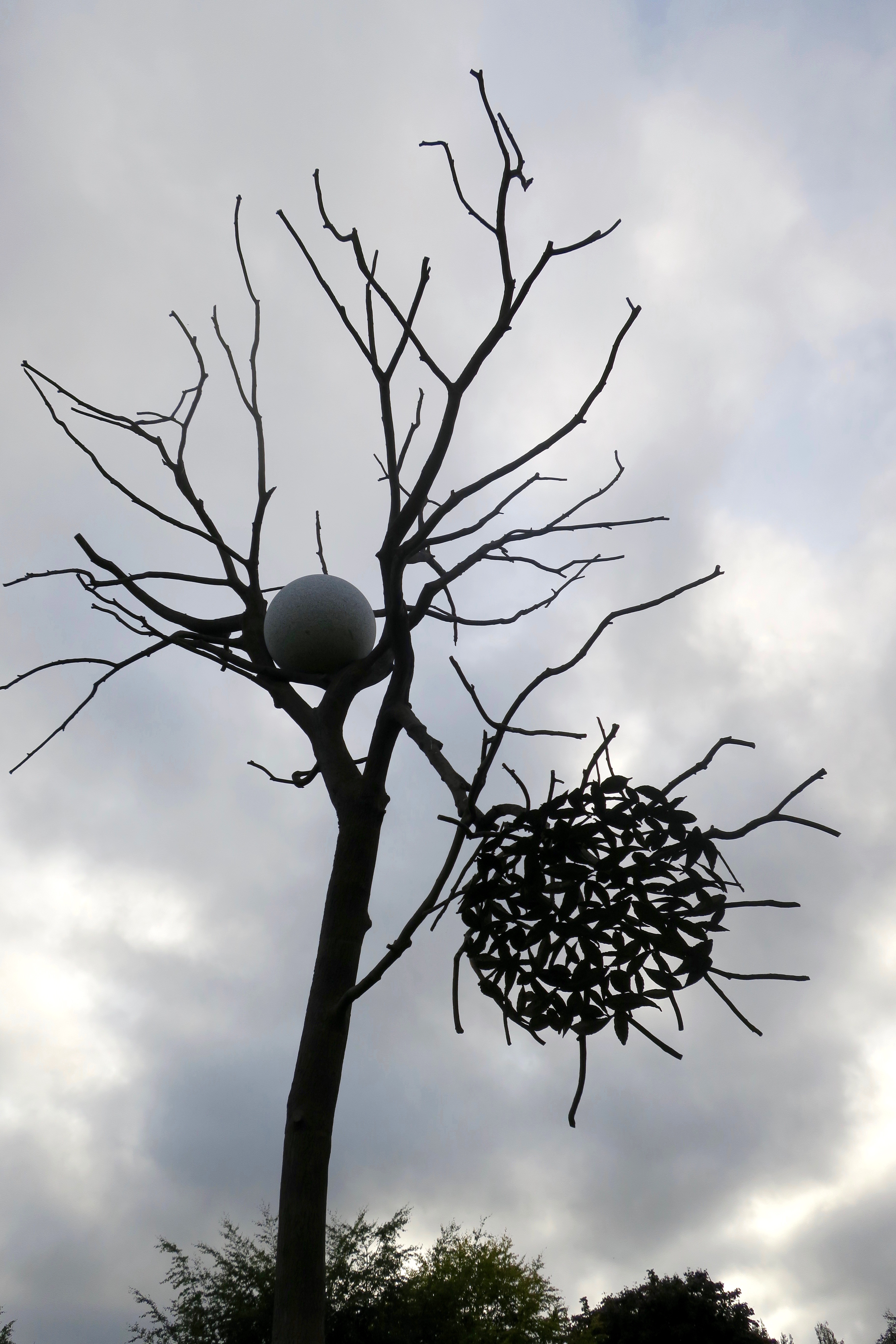




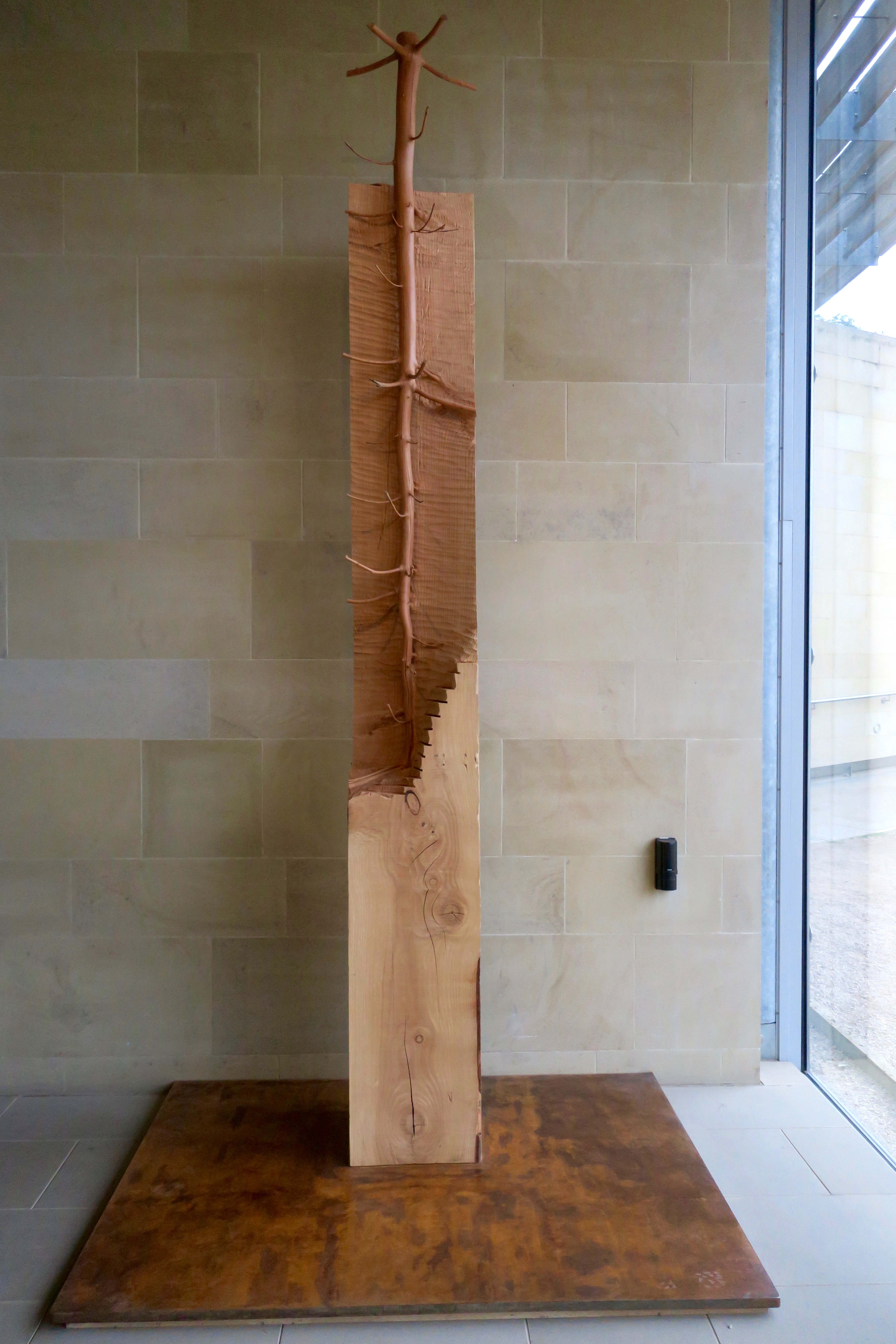
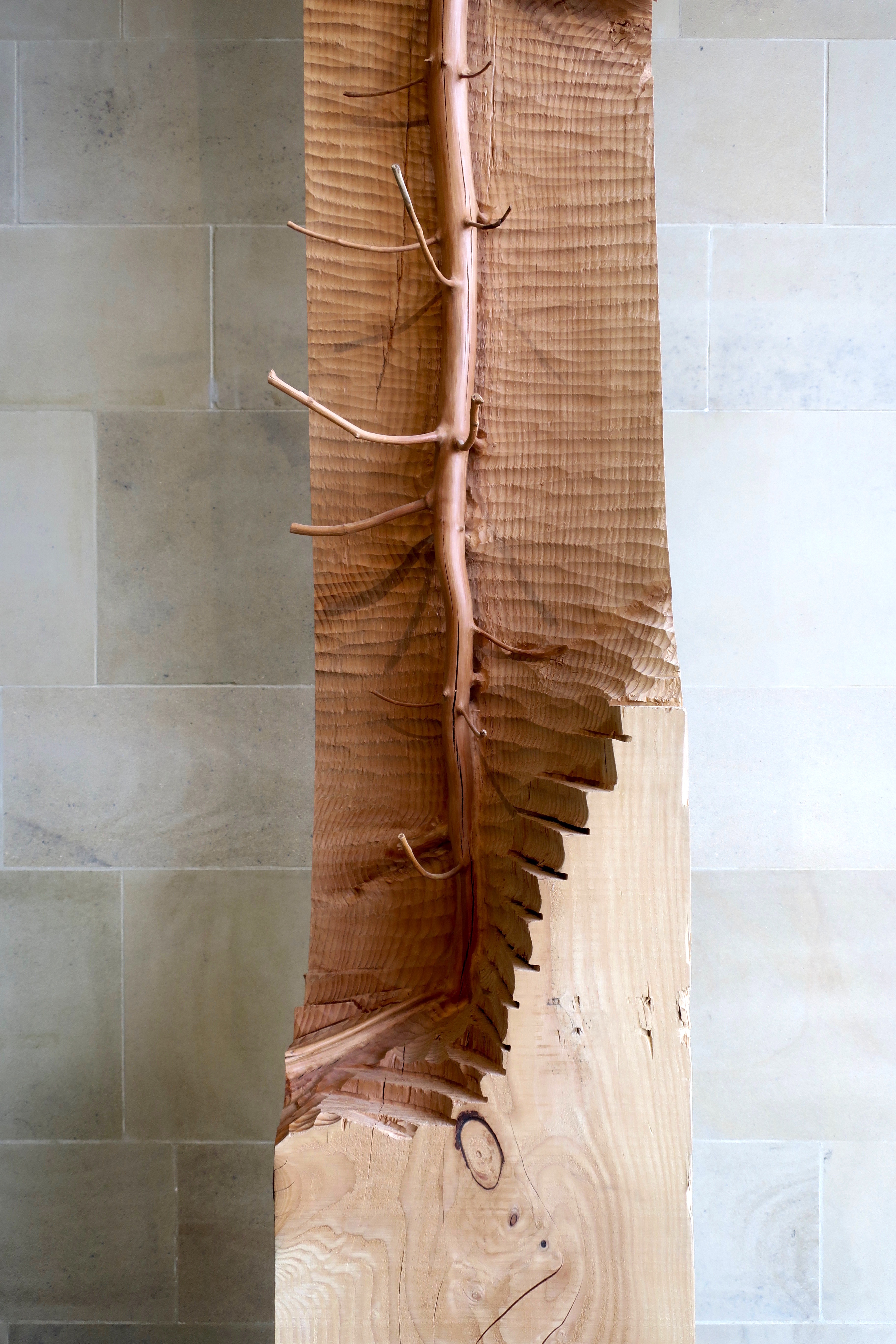
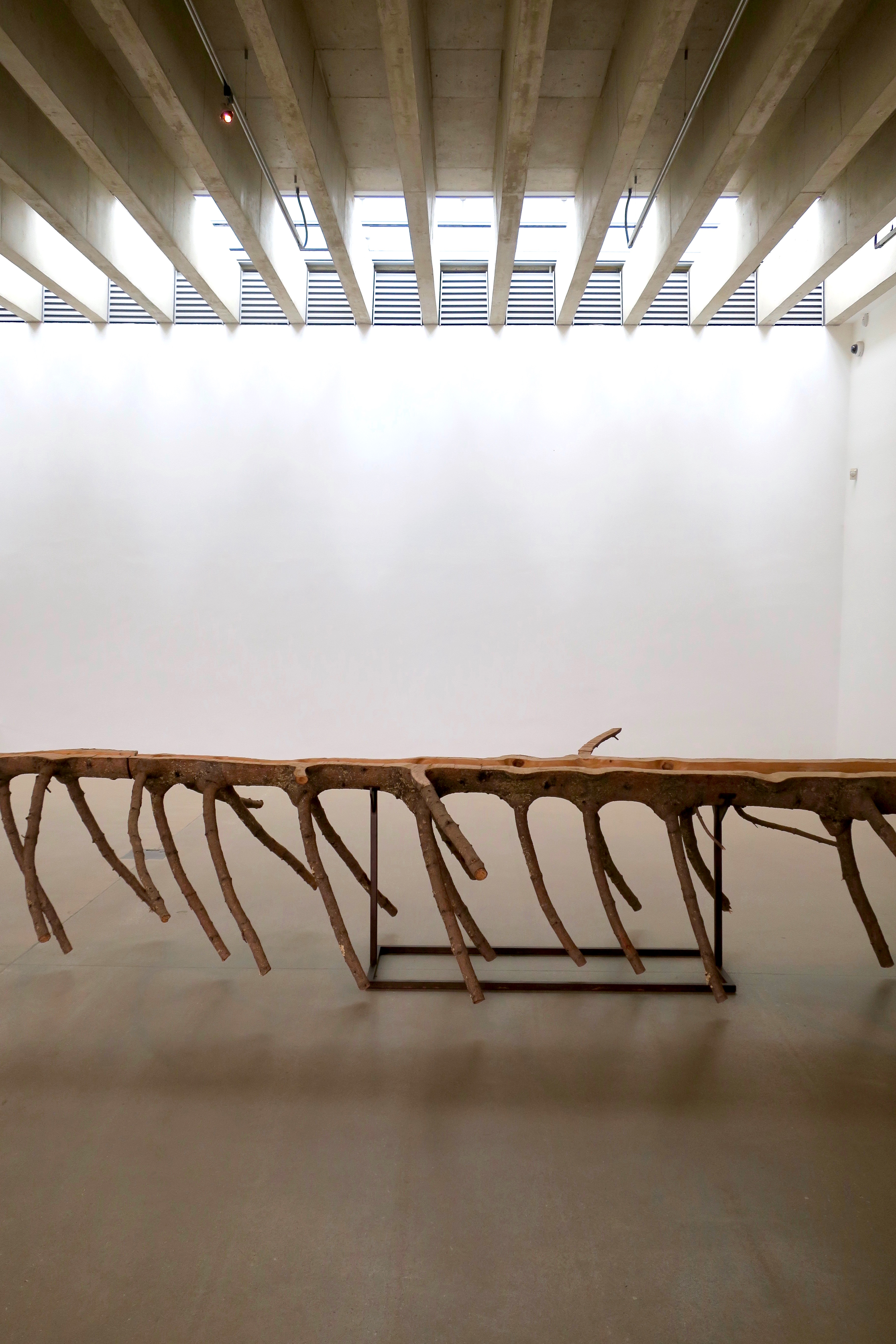
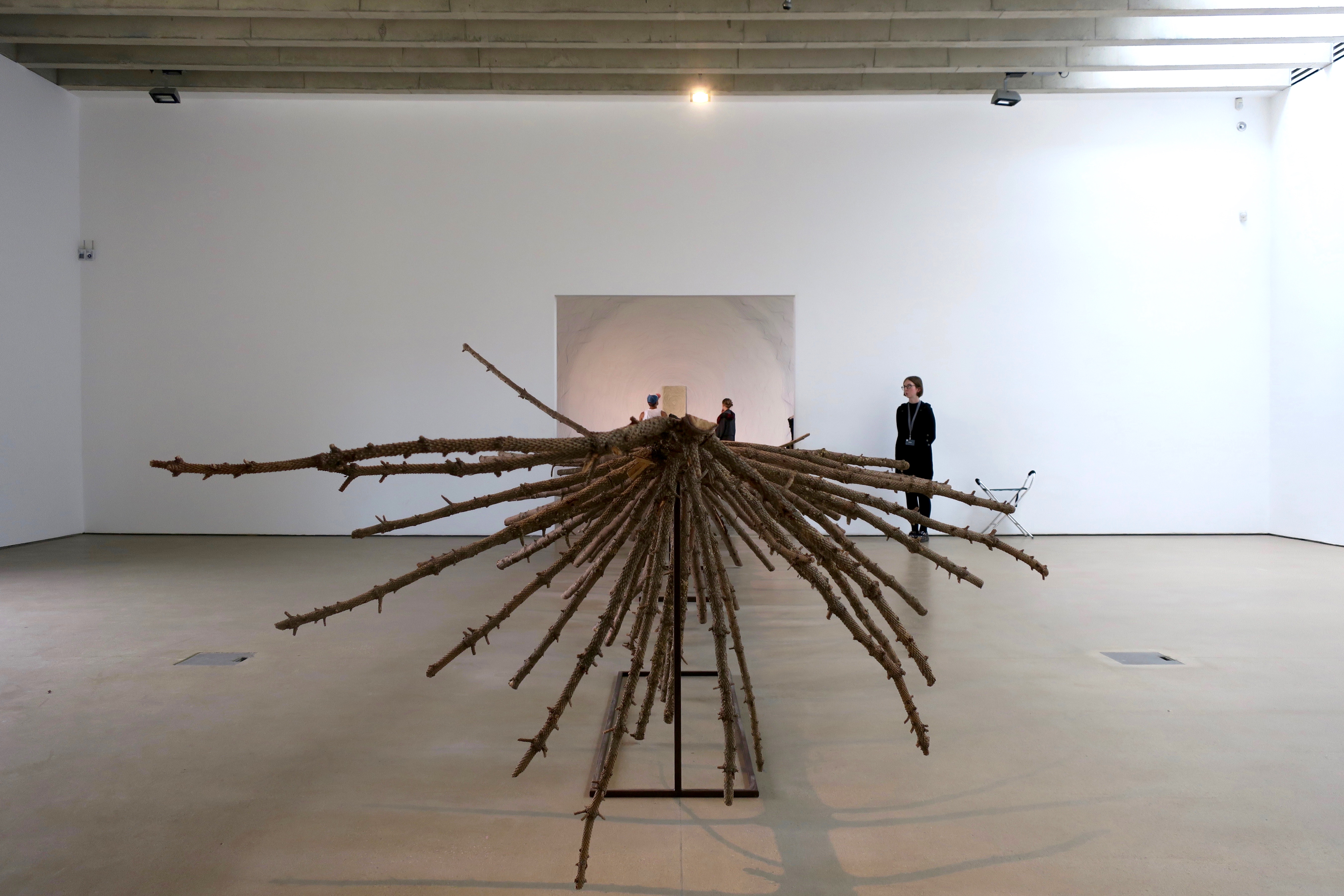

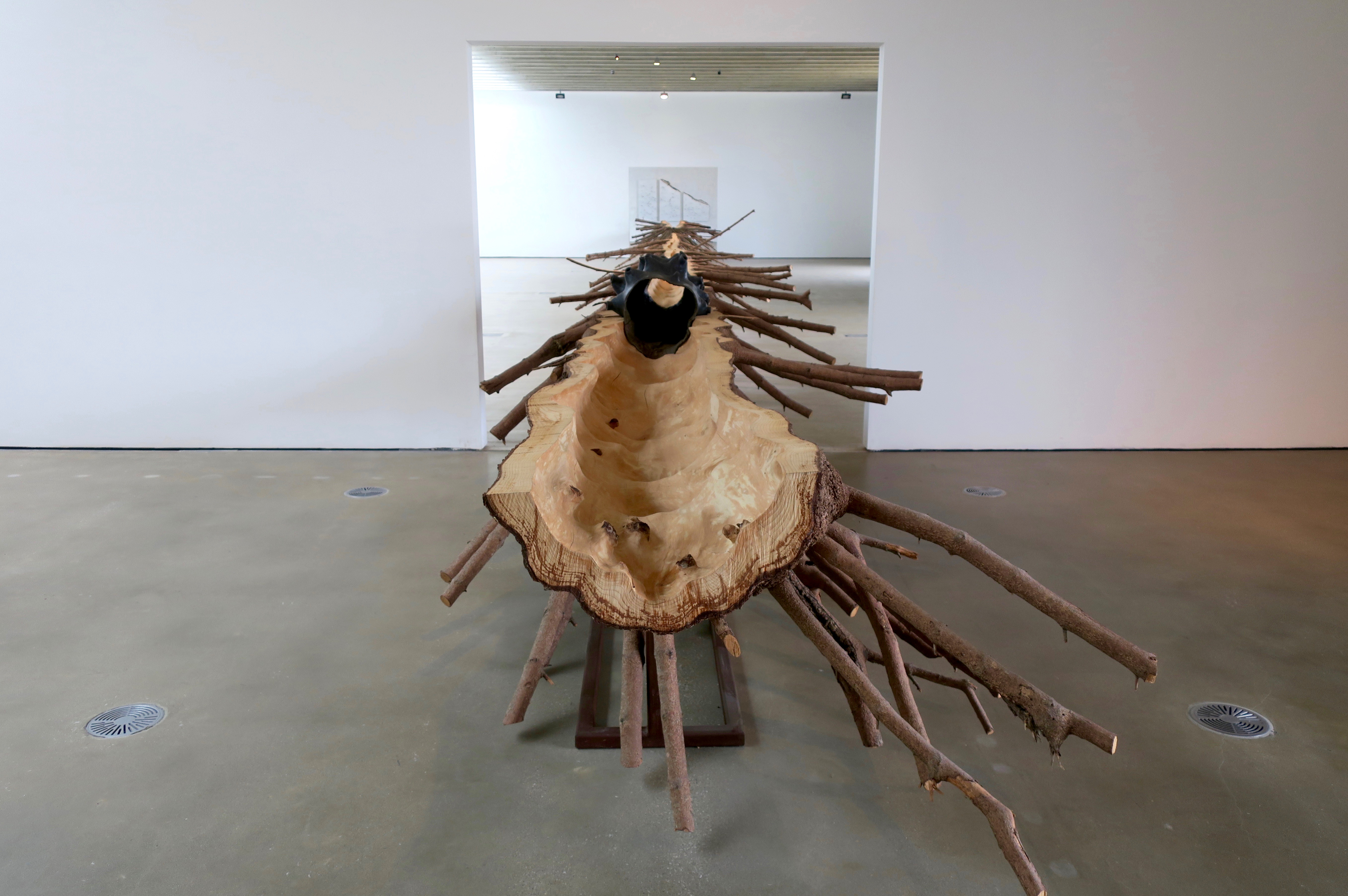
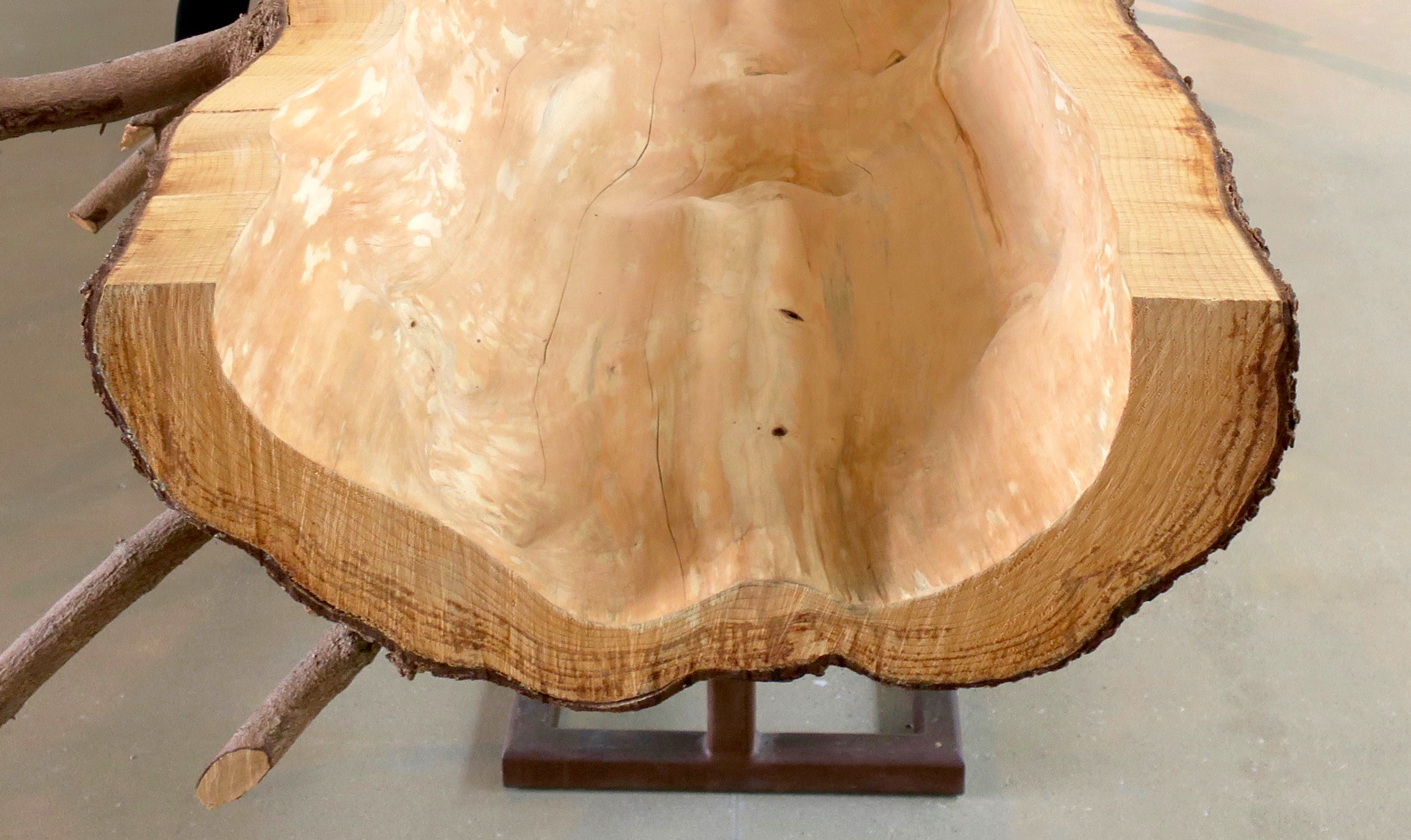
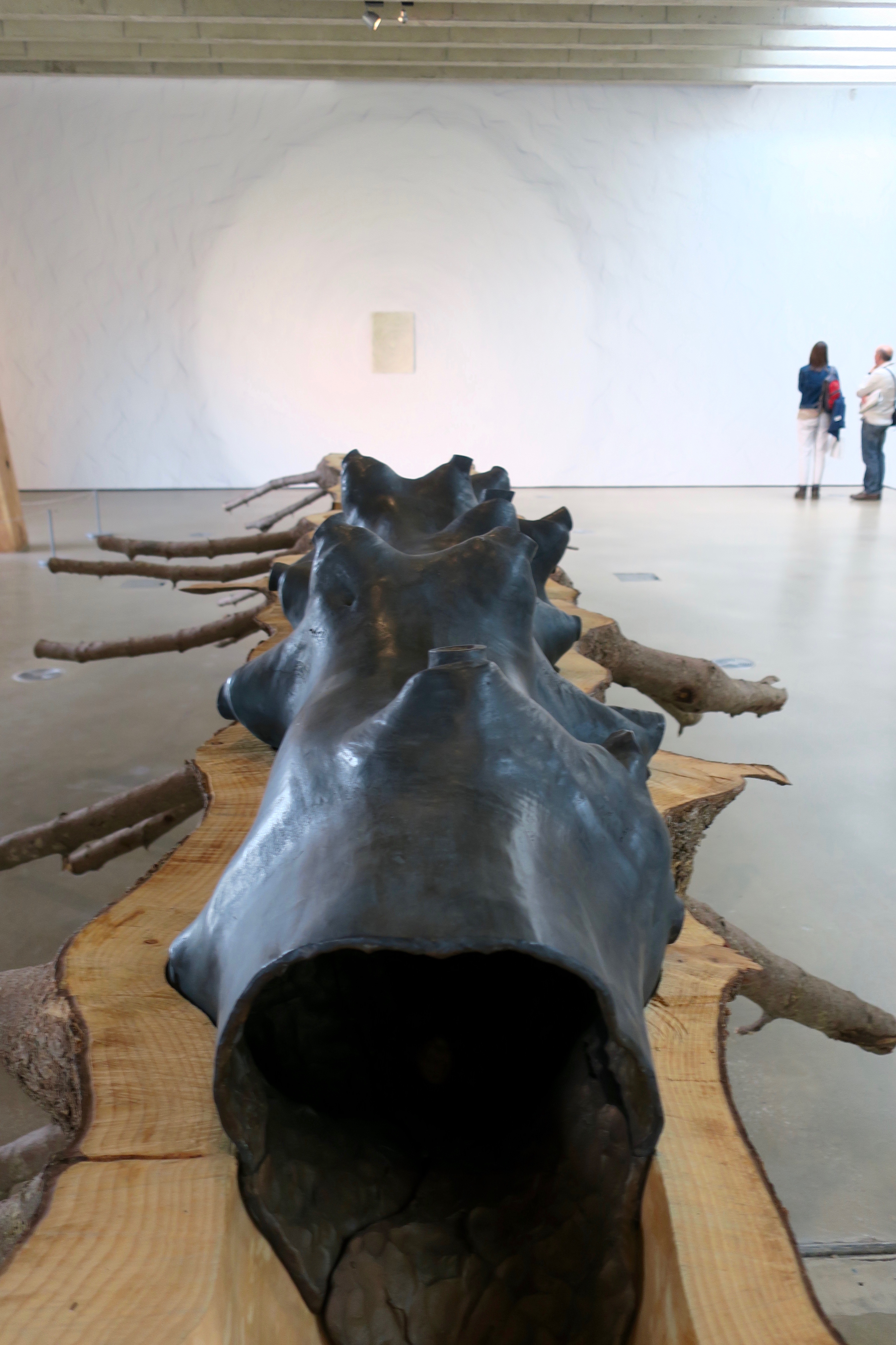
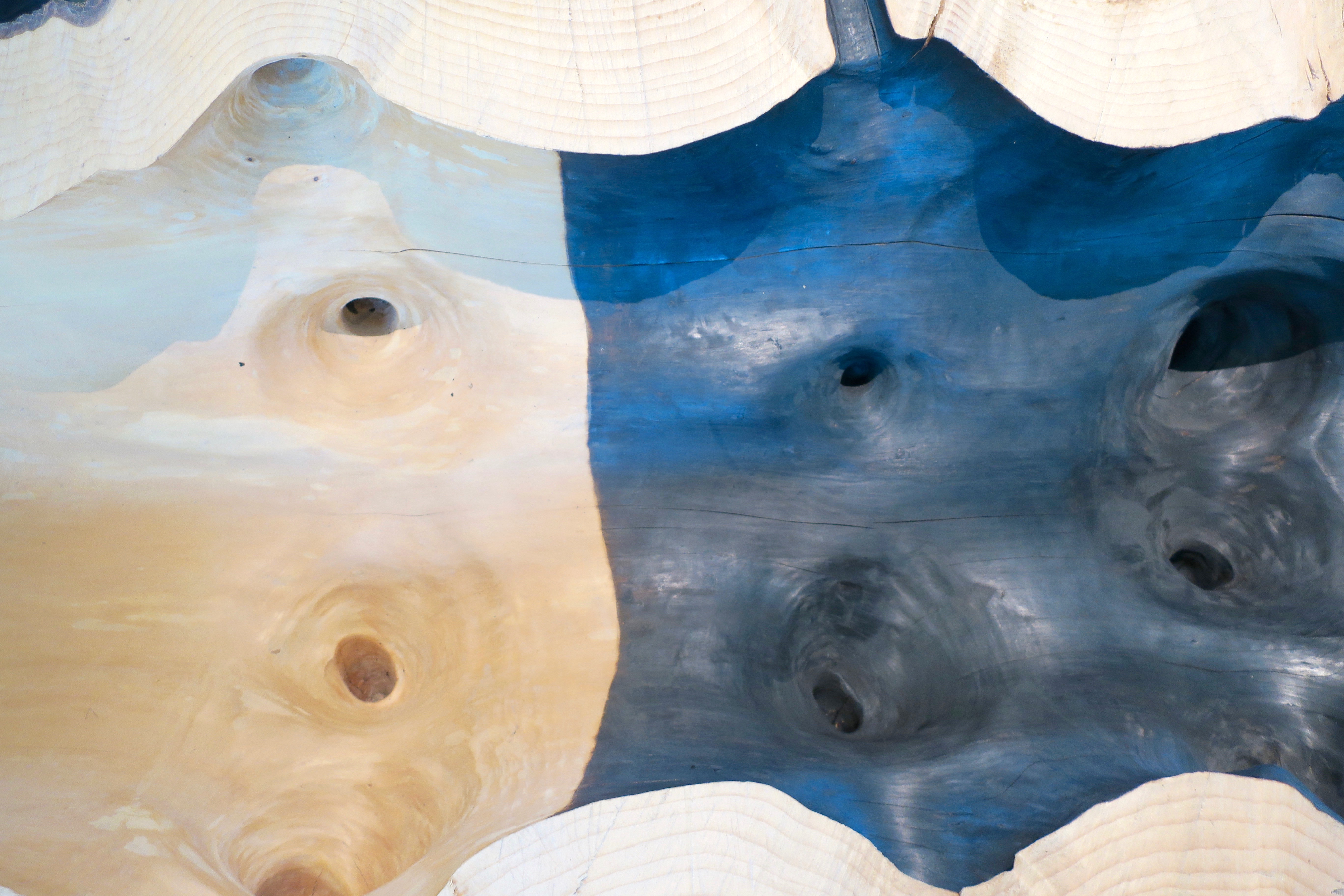
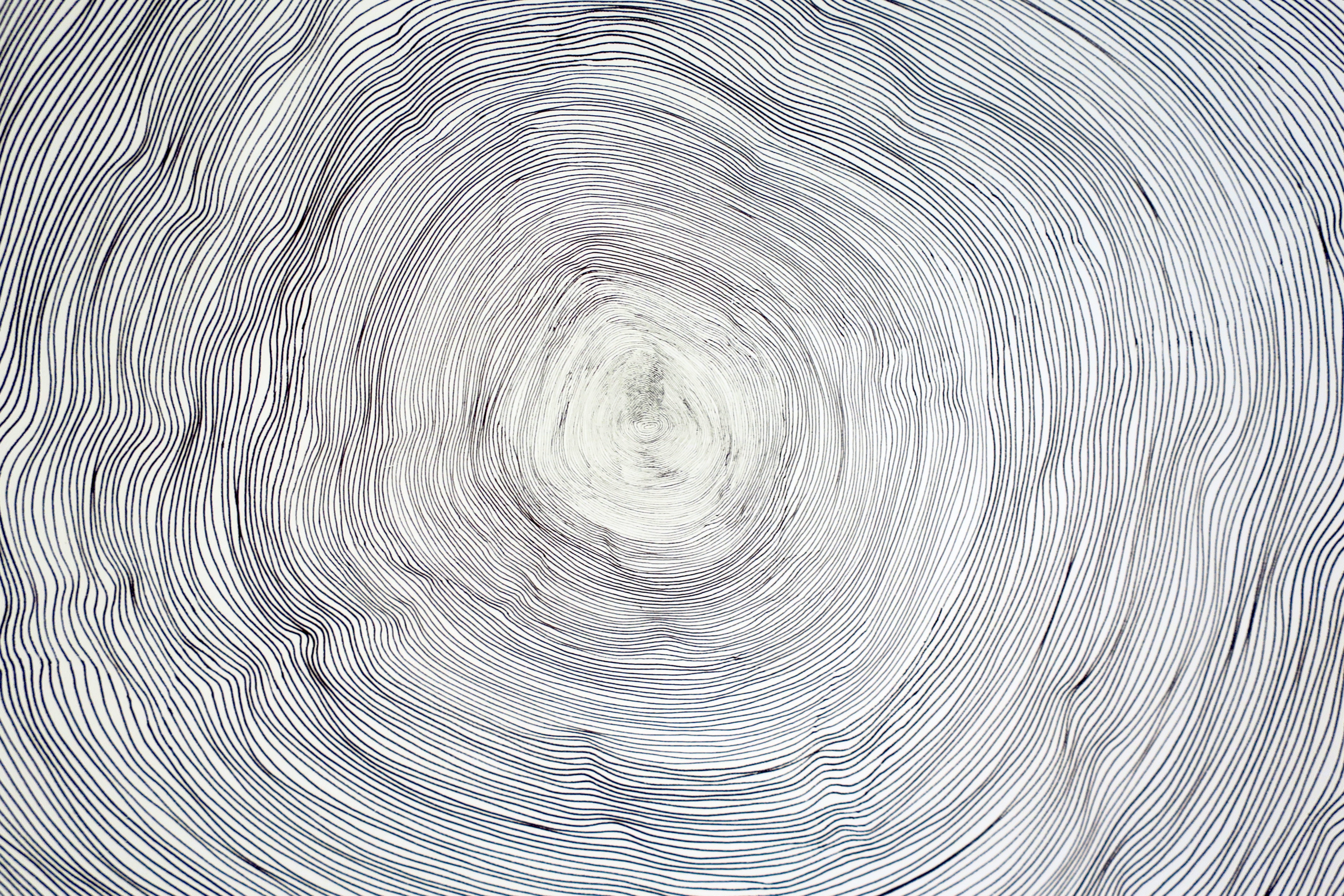
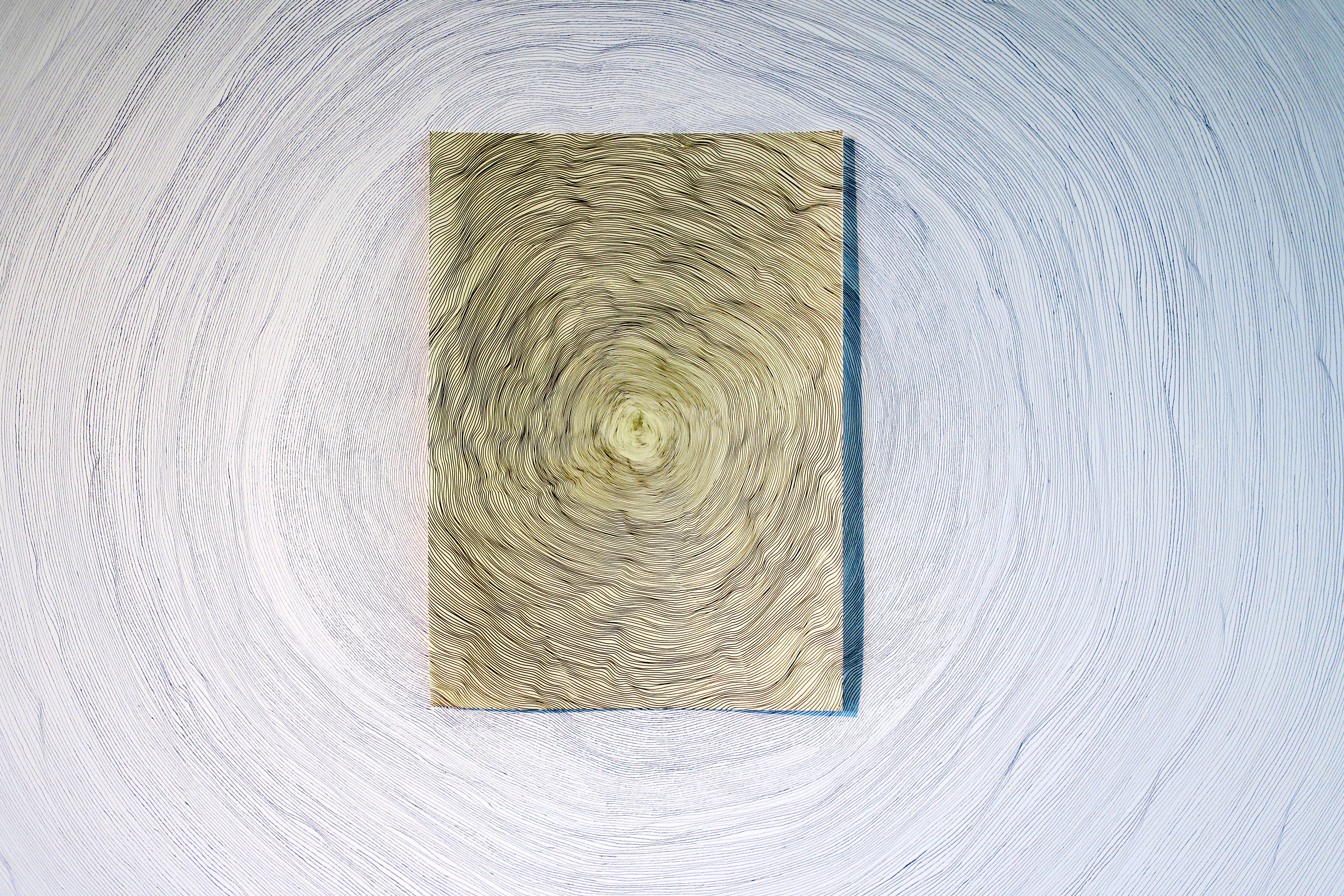




Wonderful…